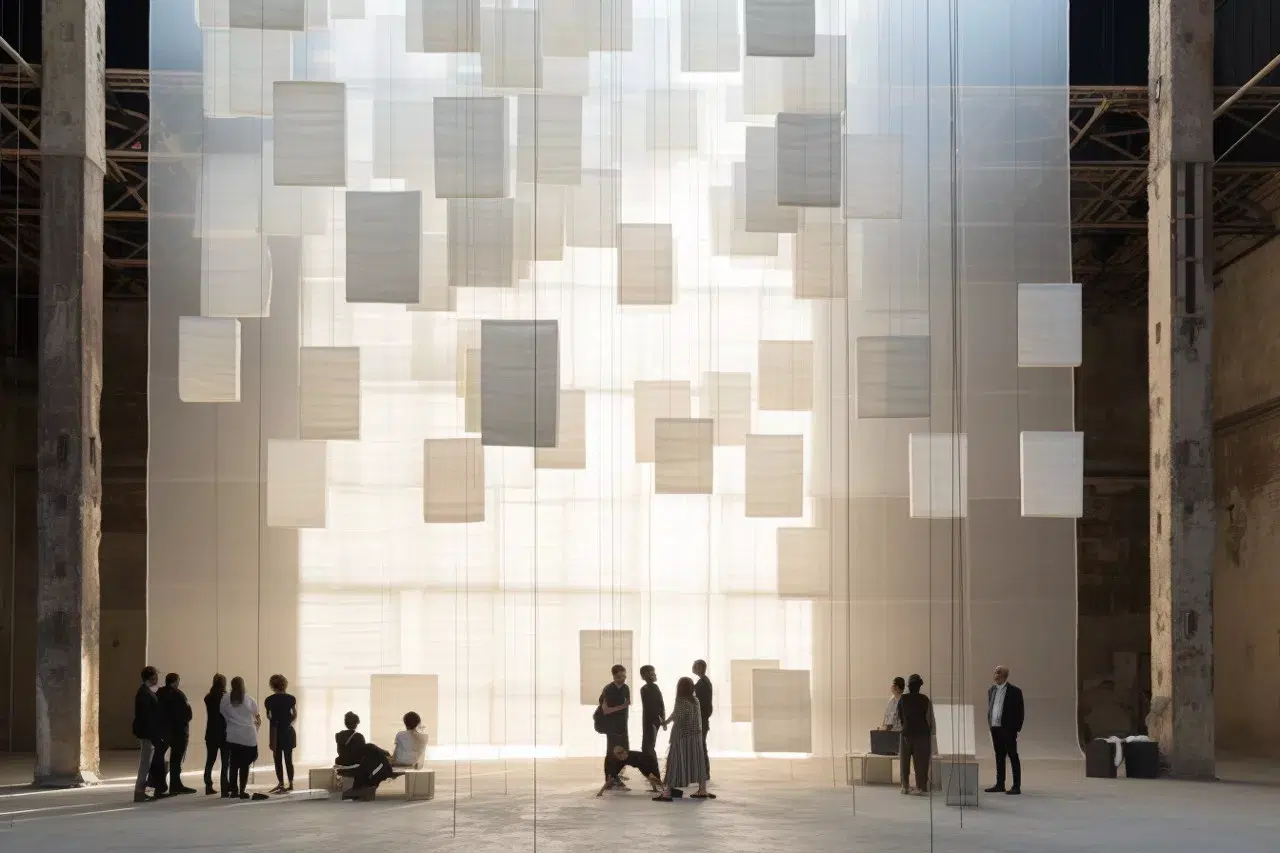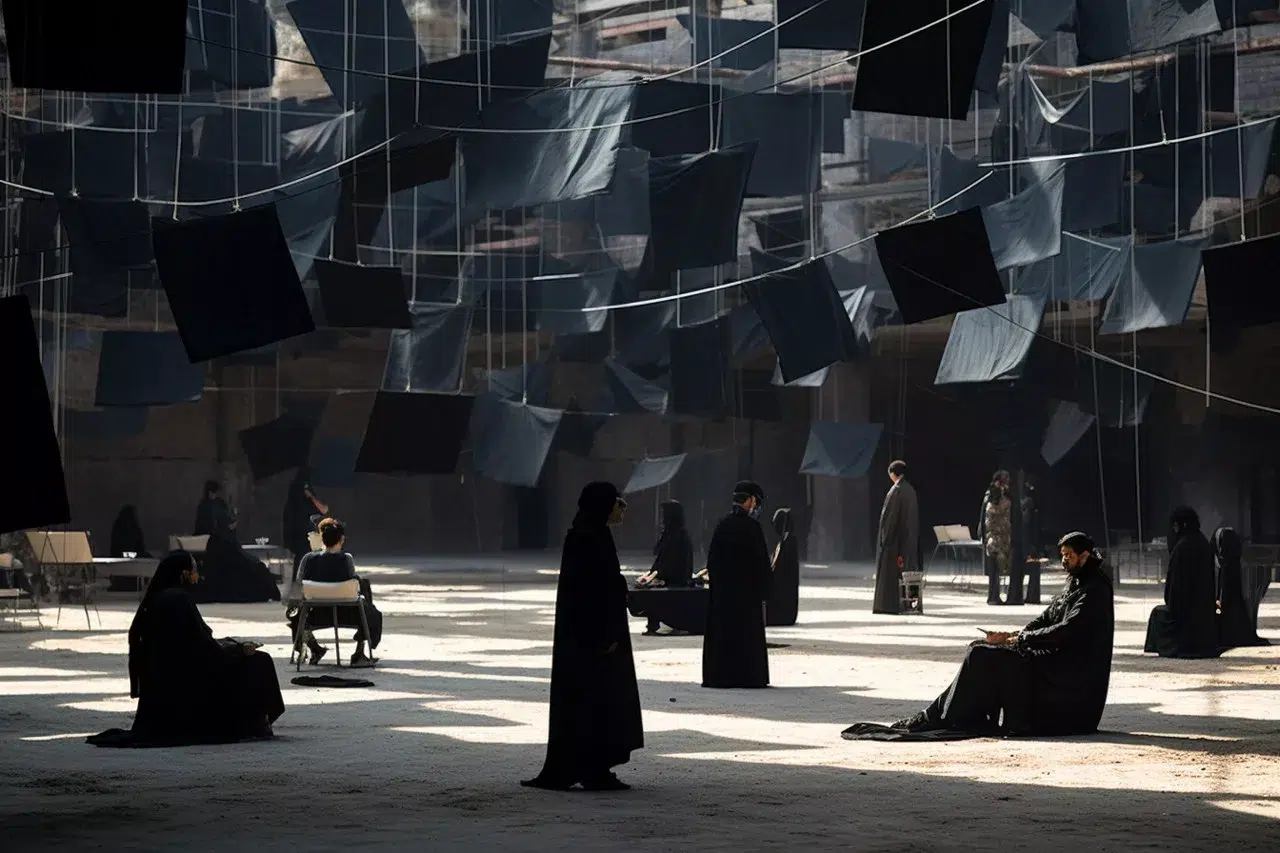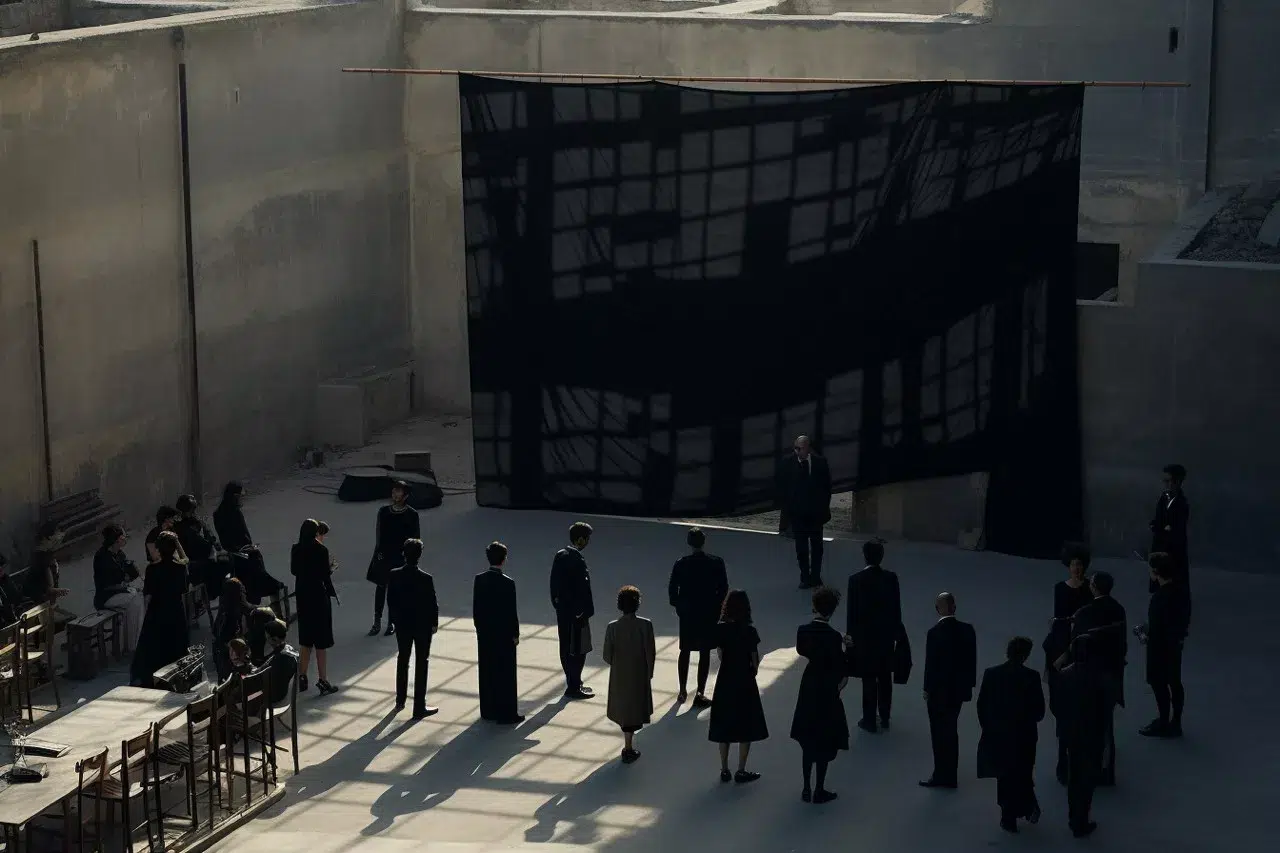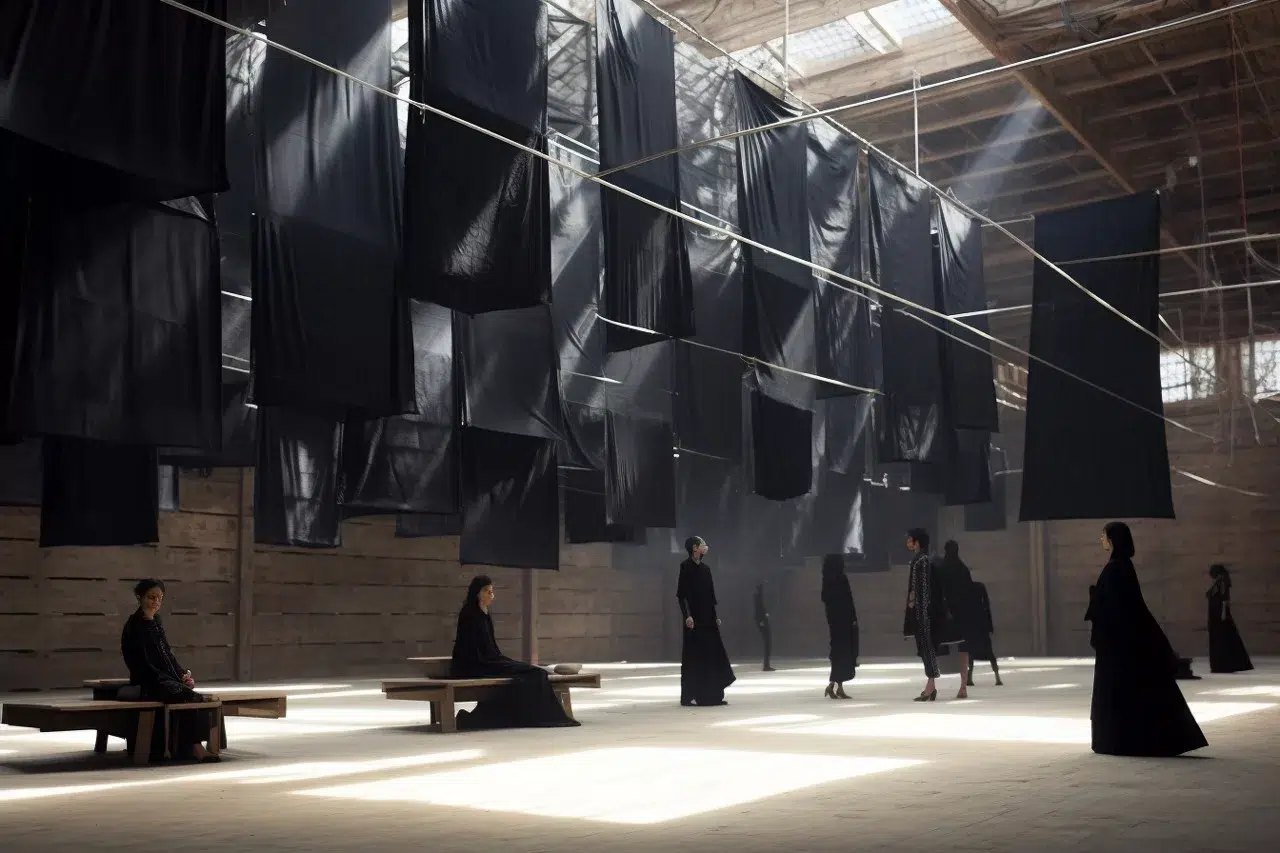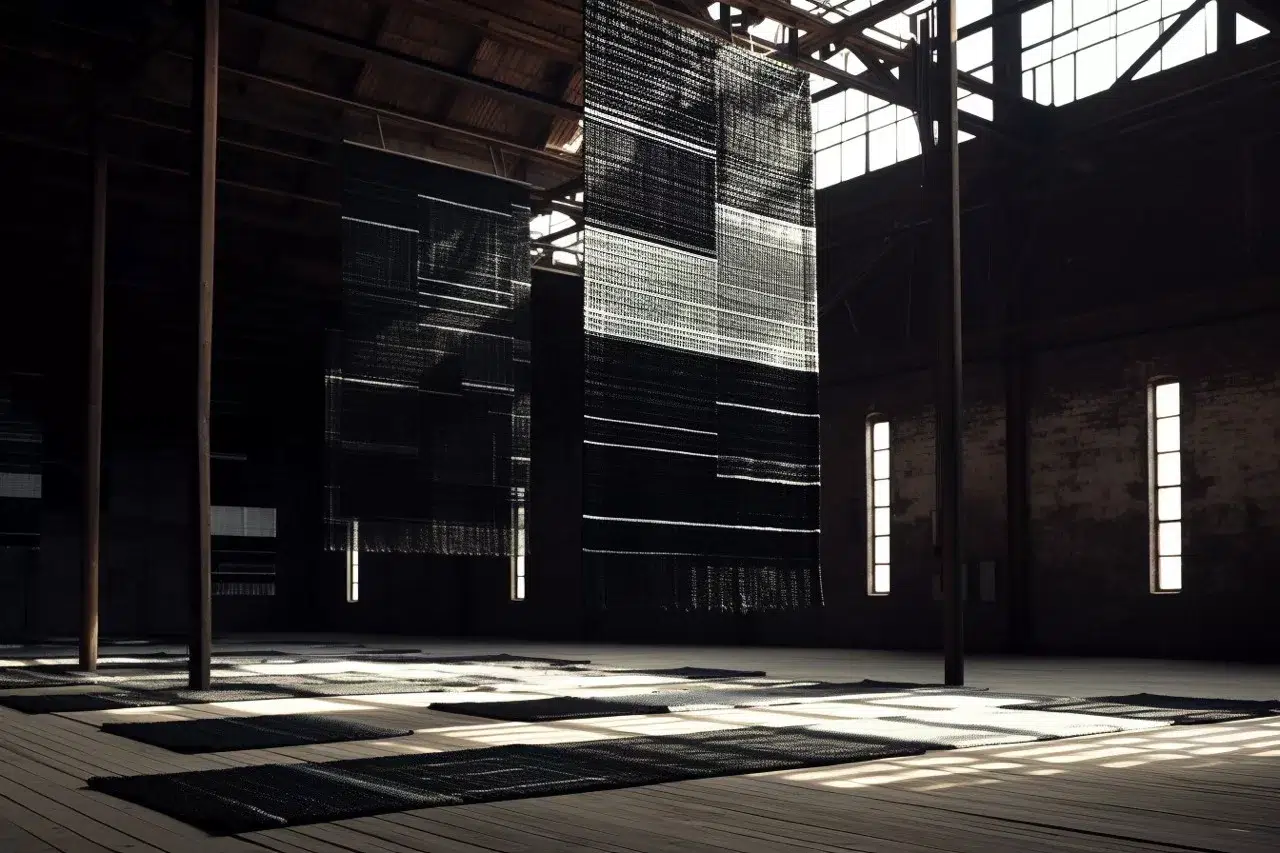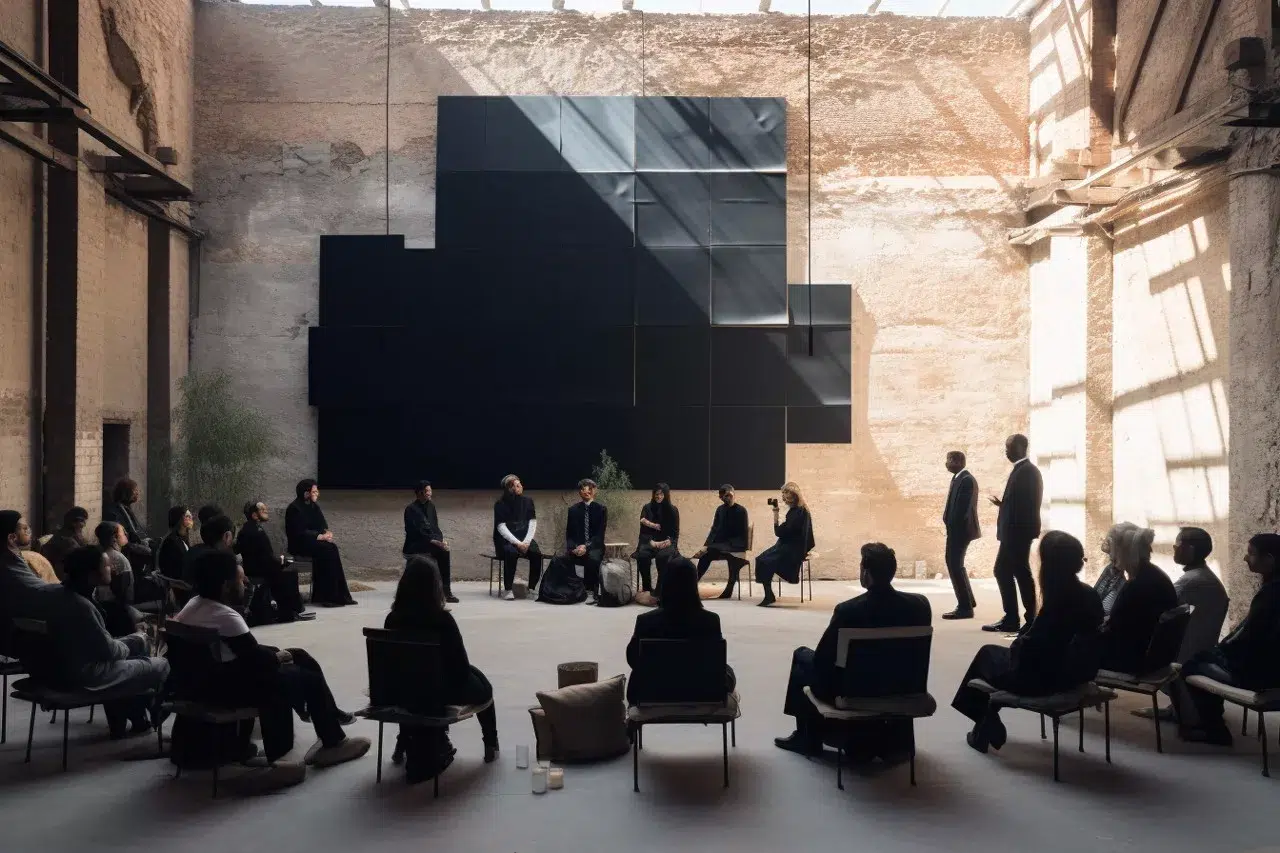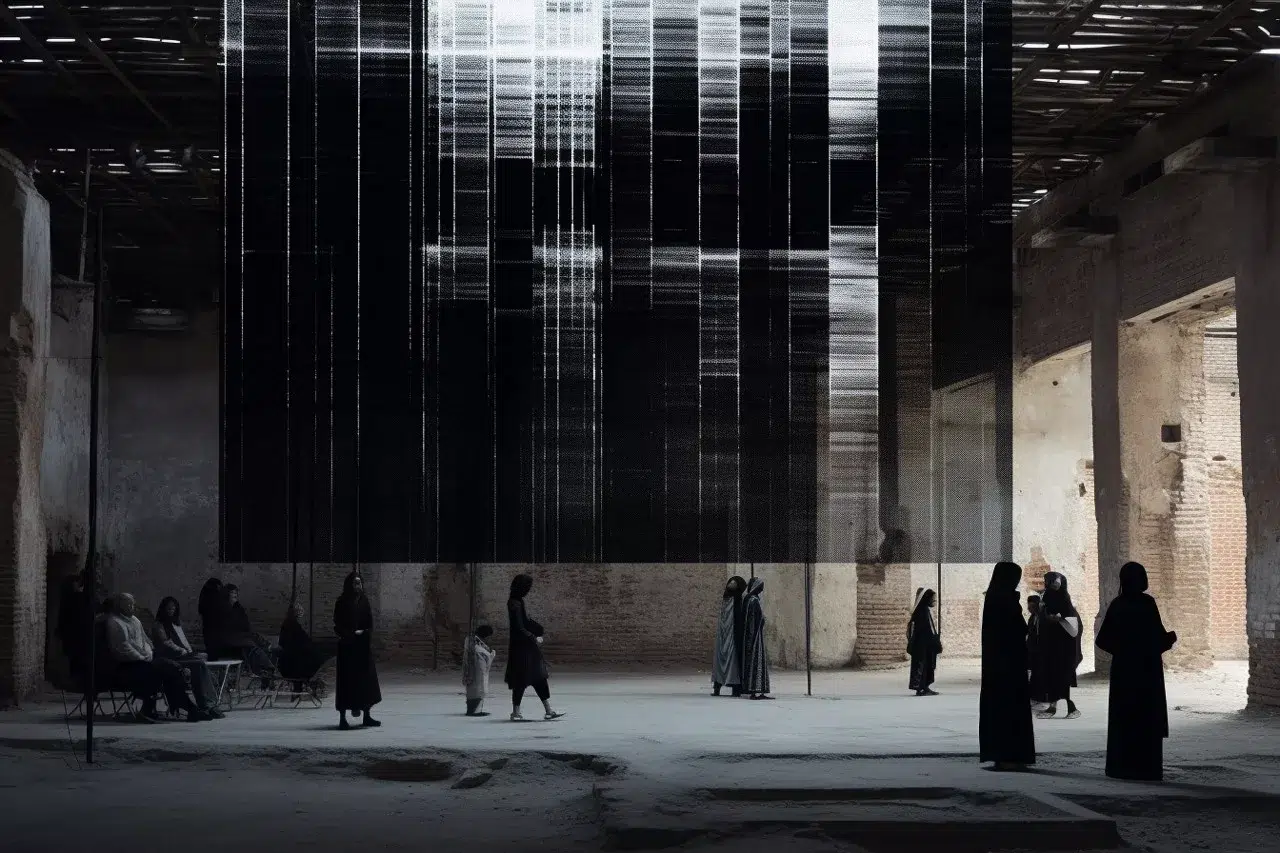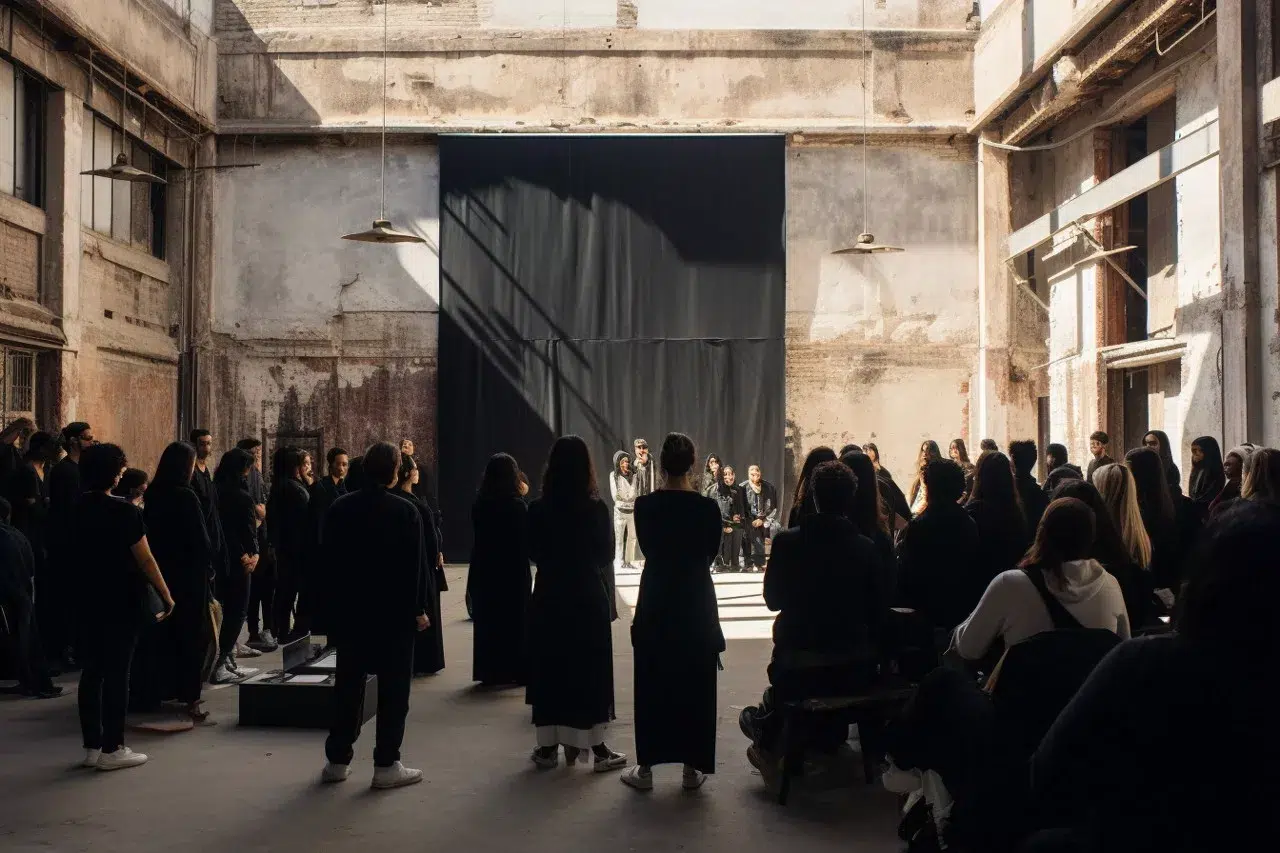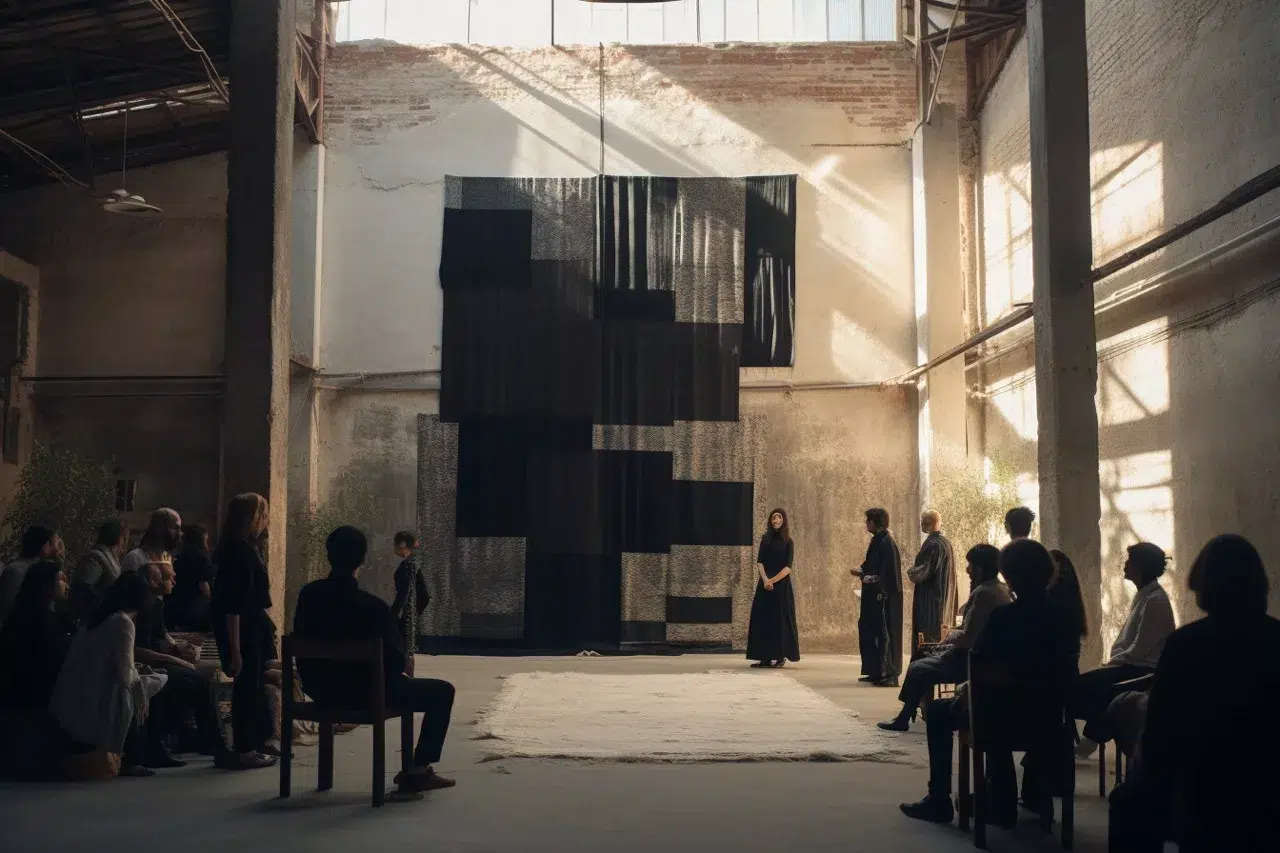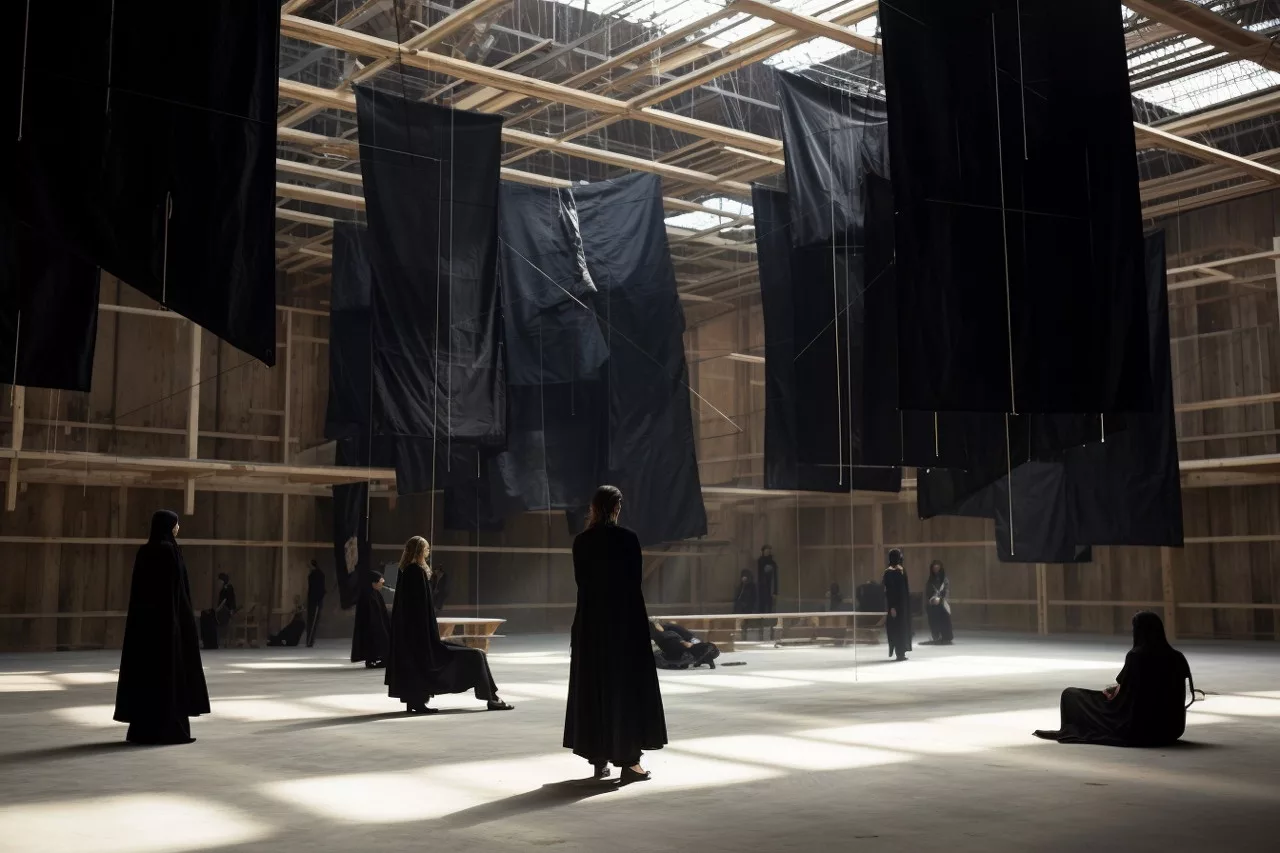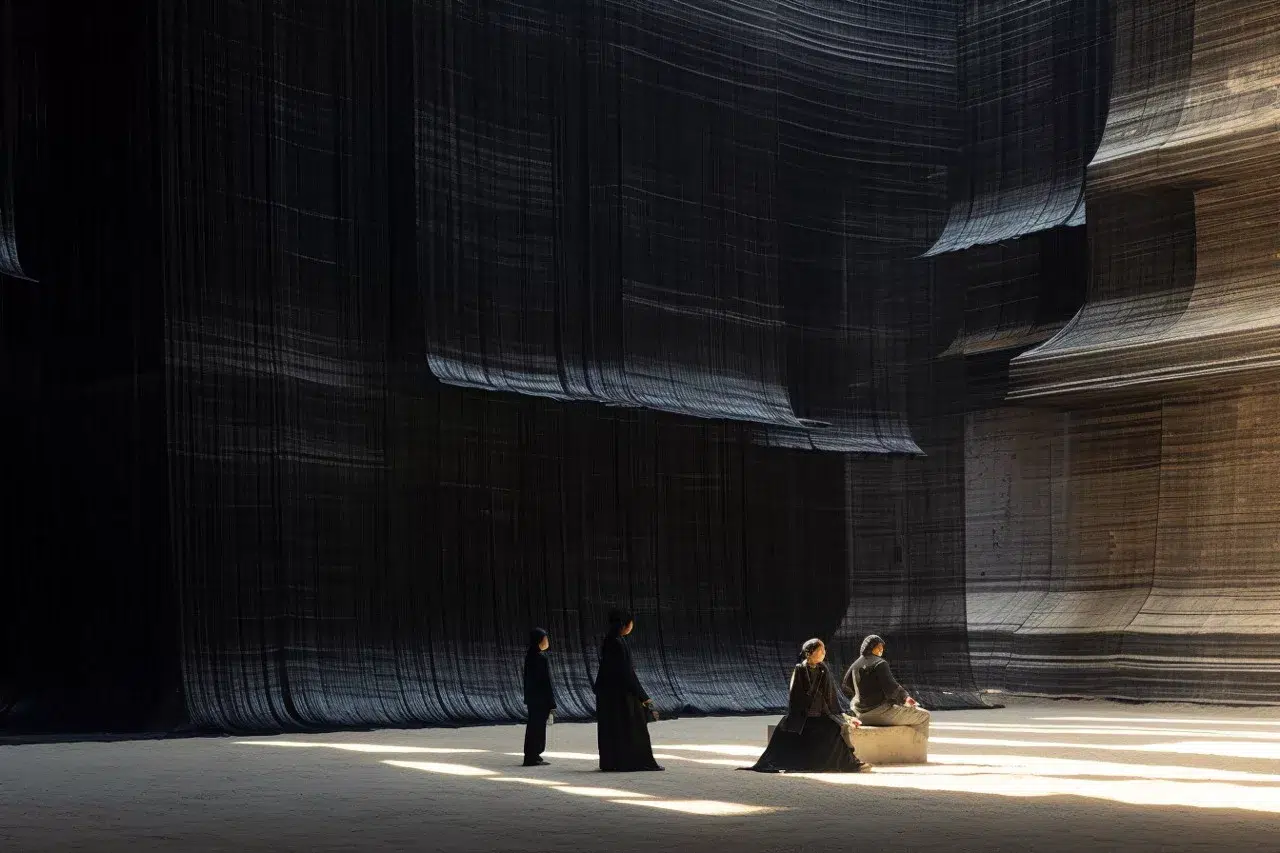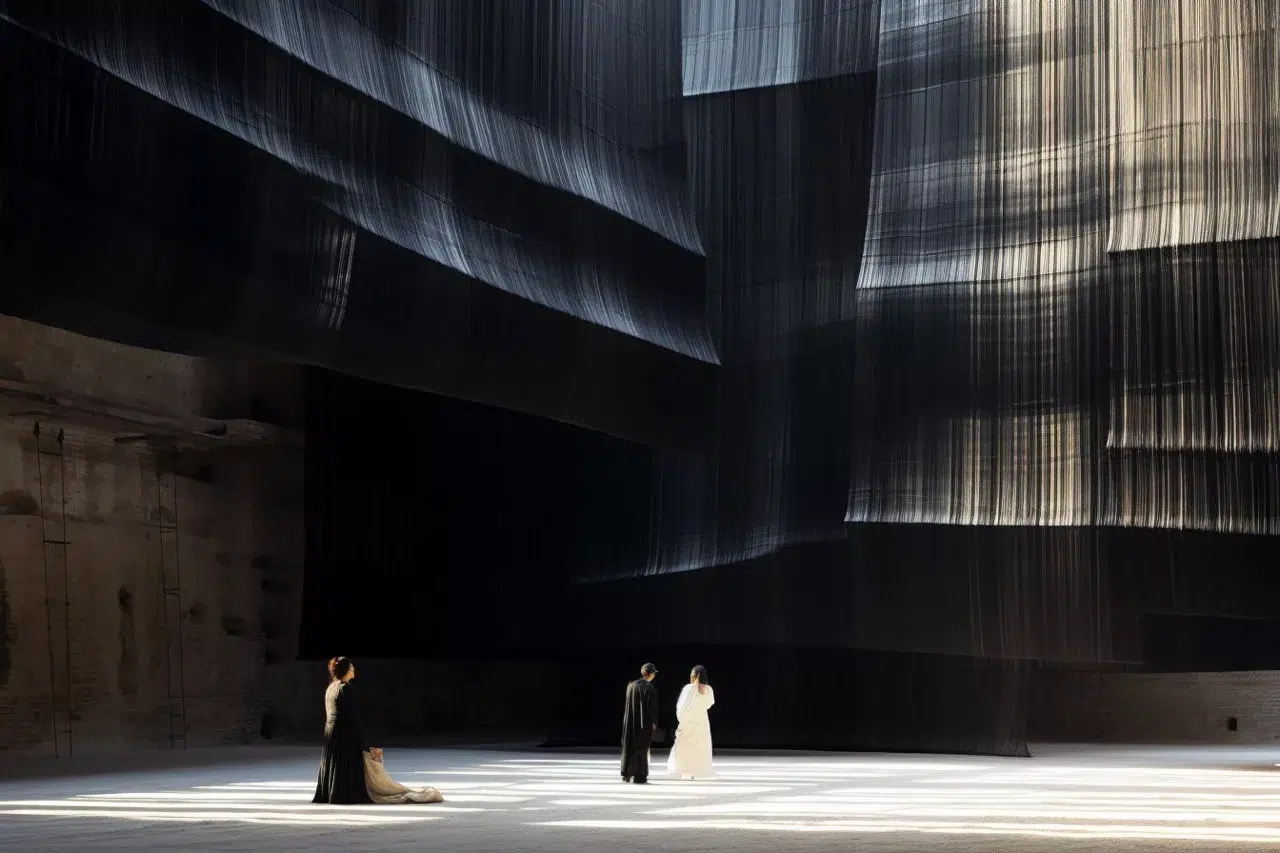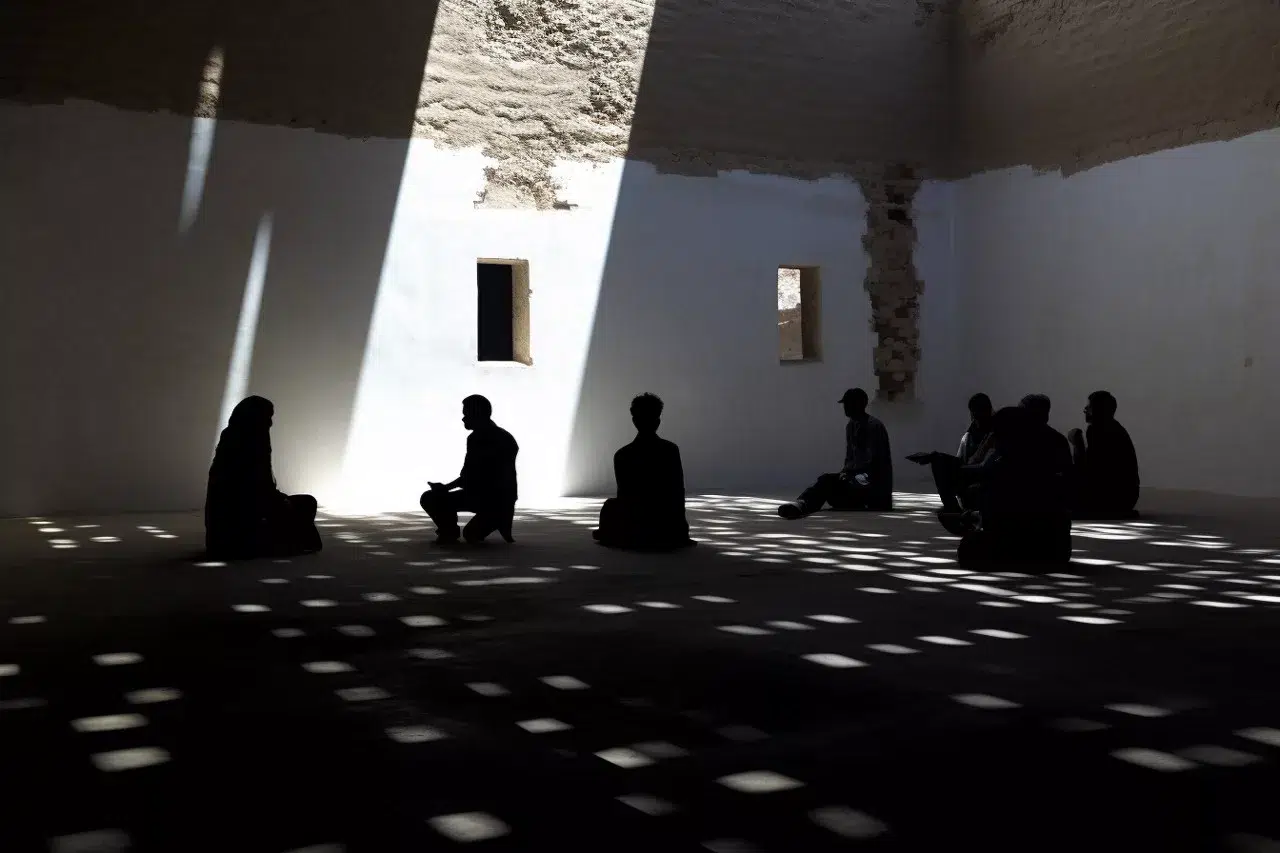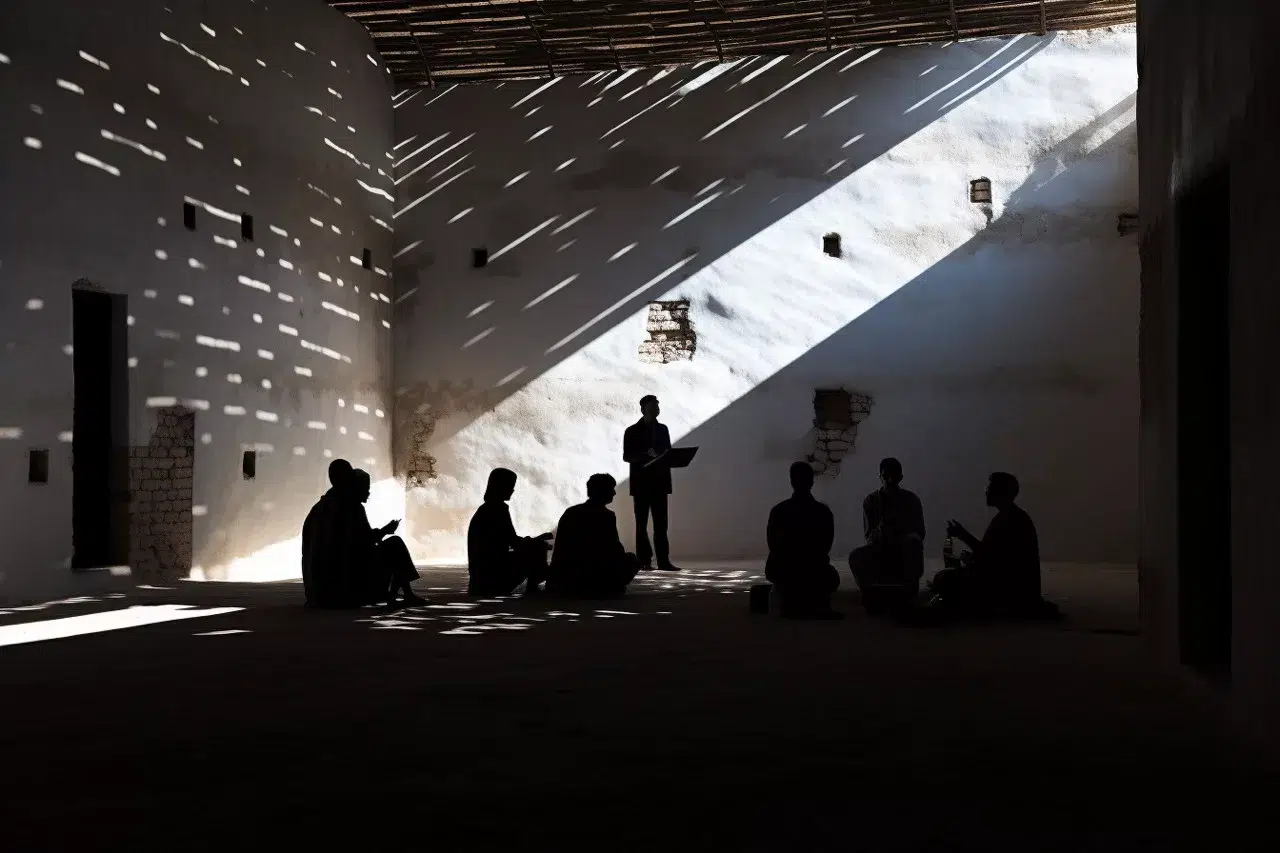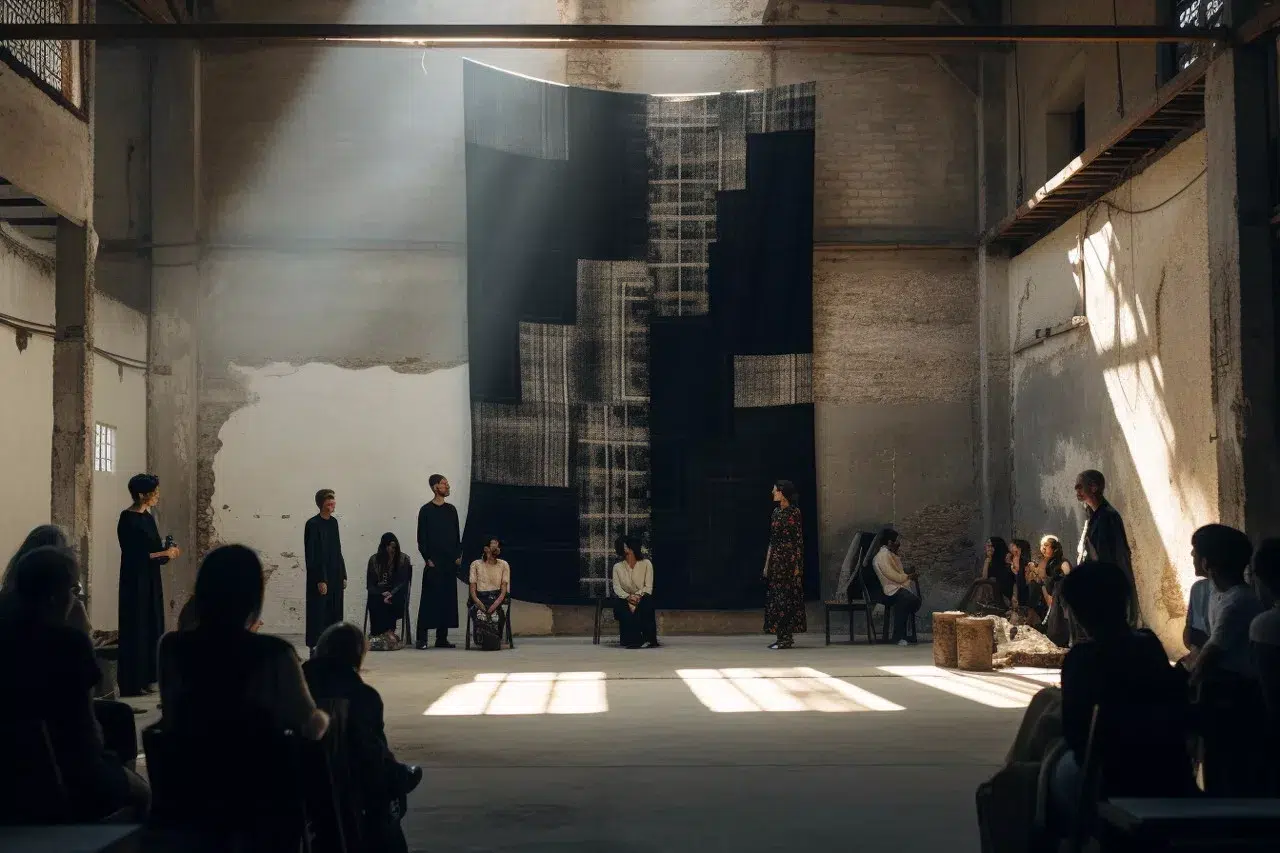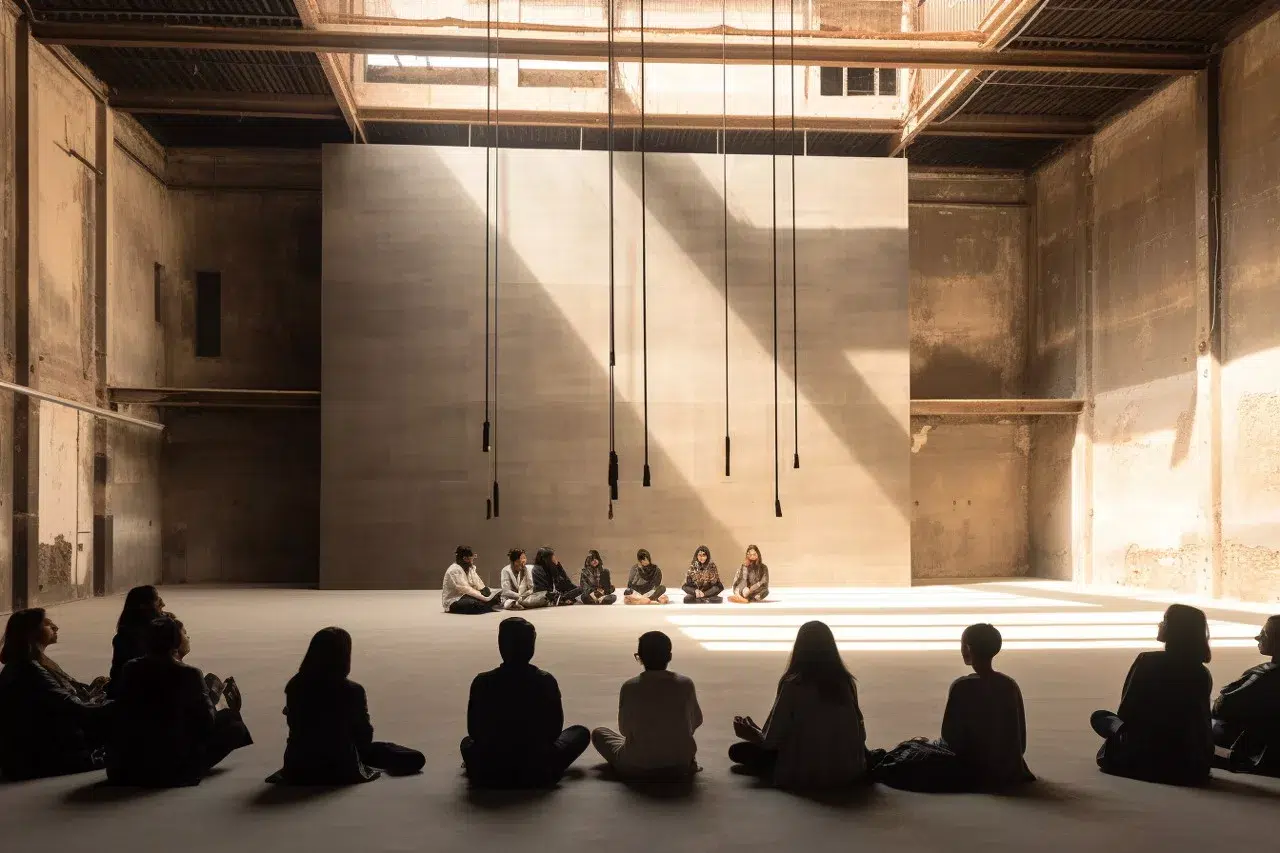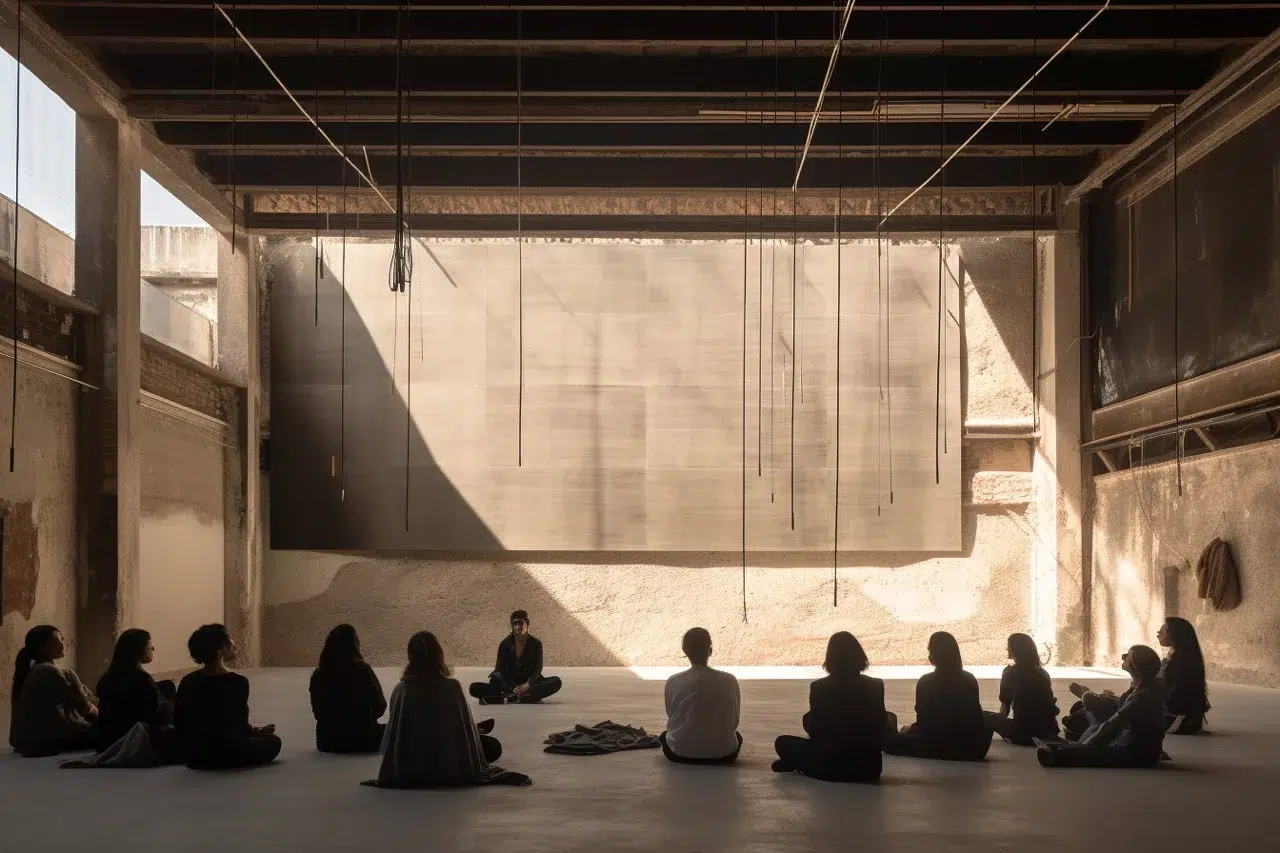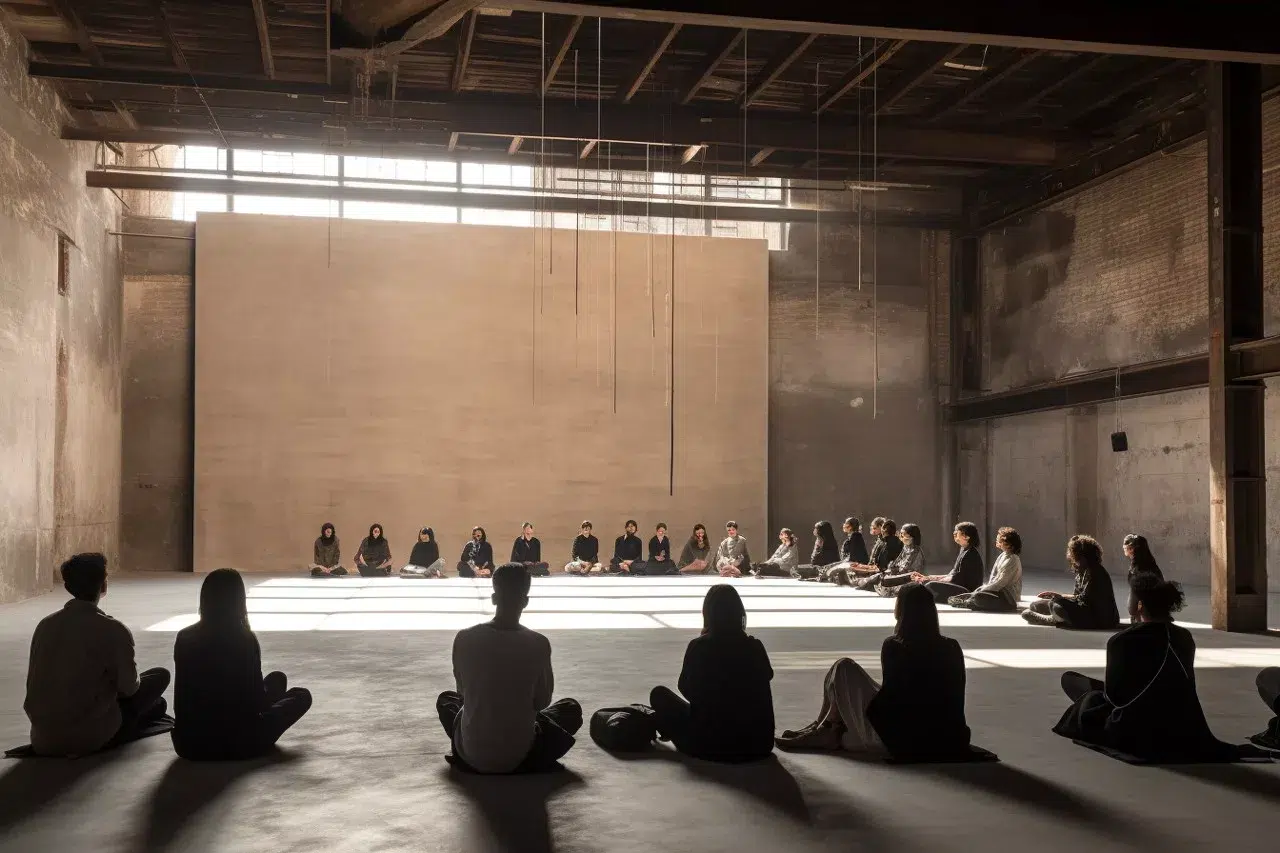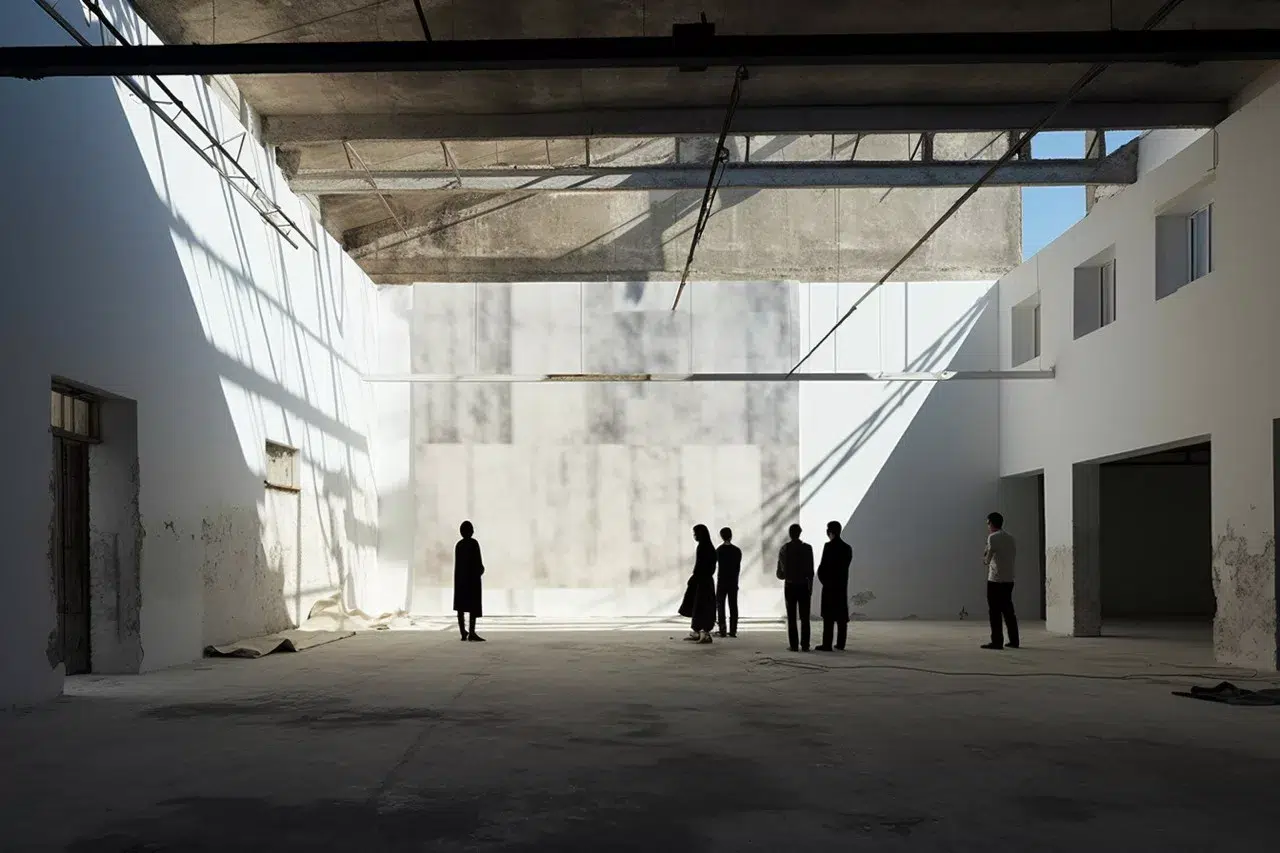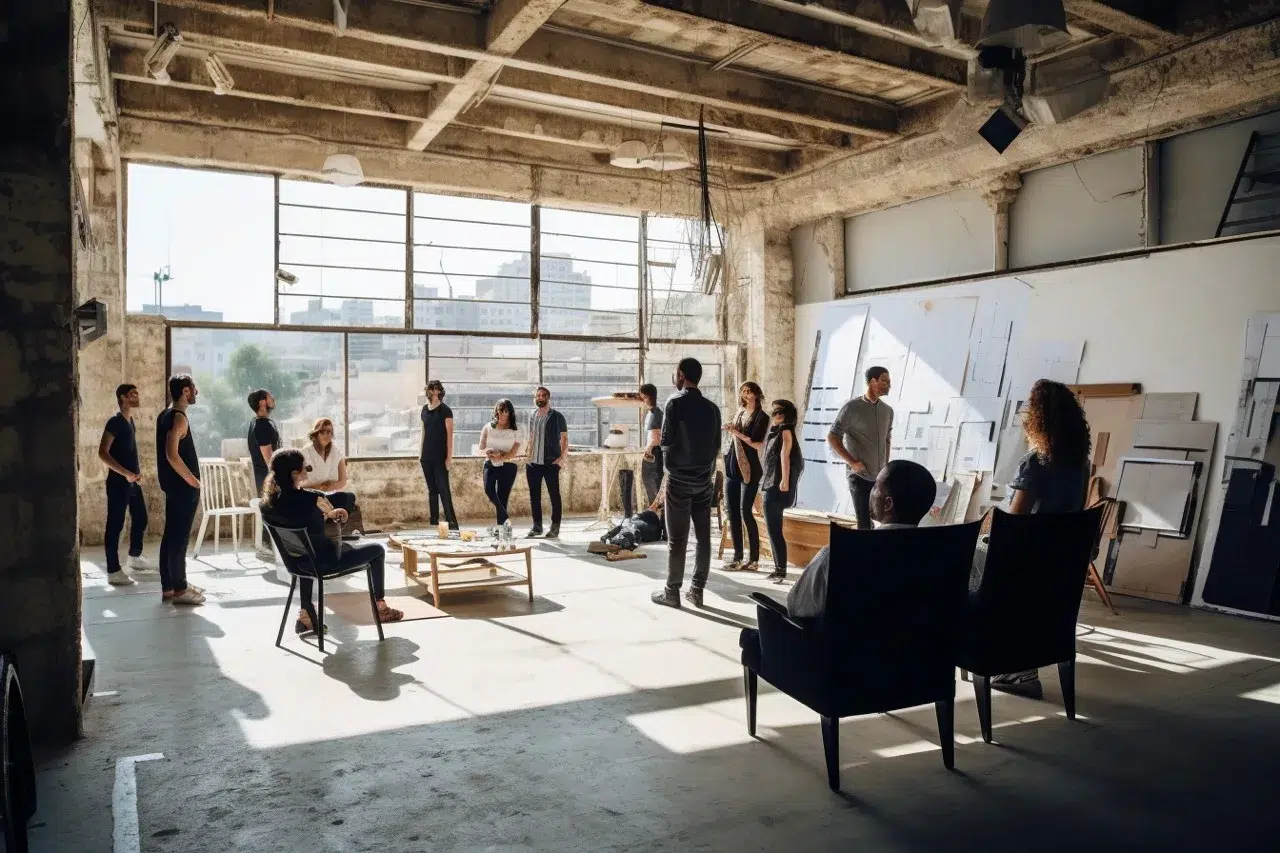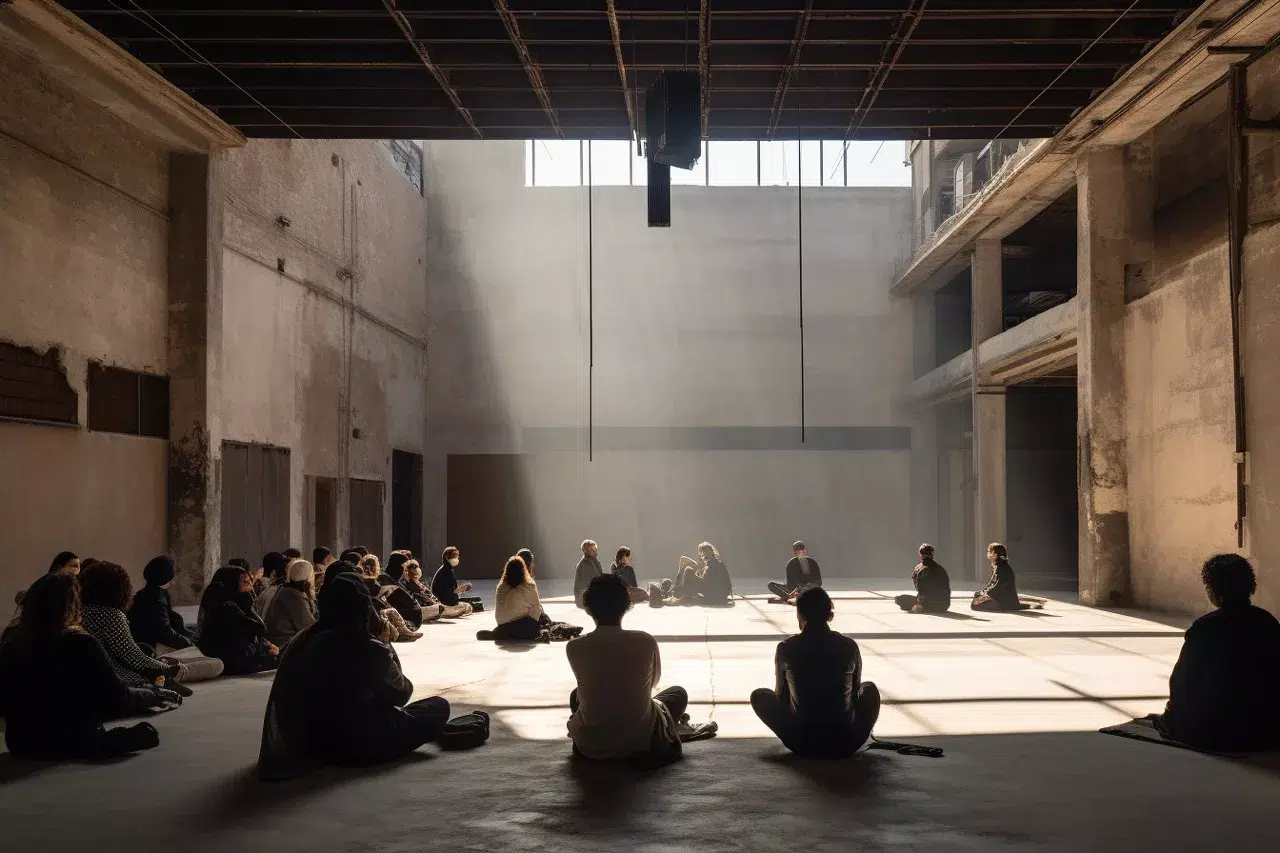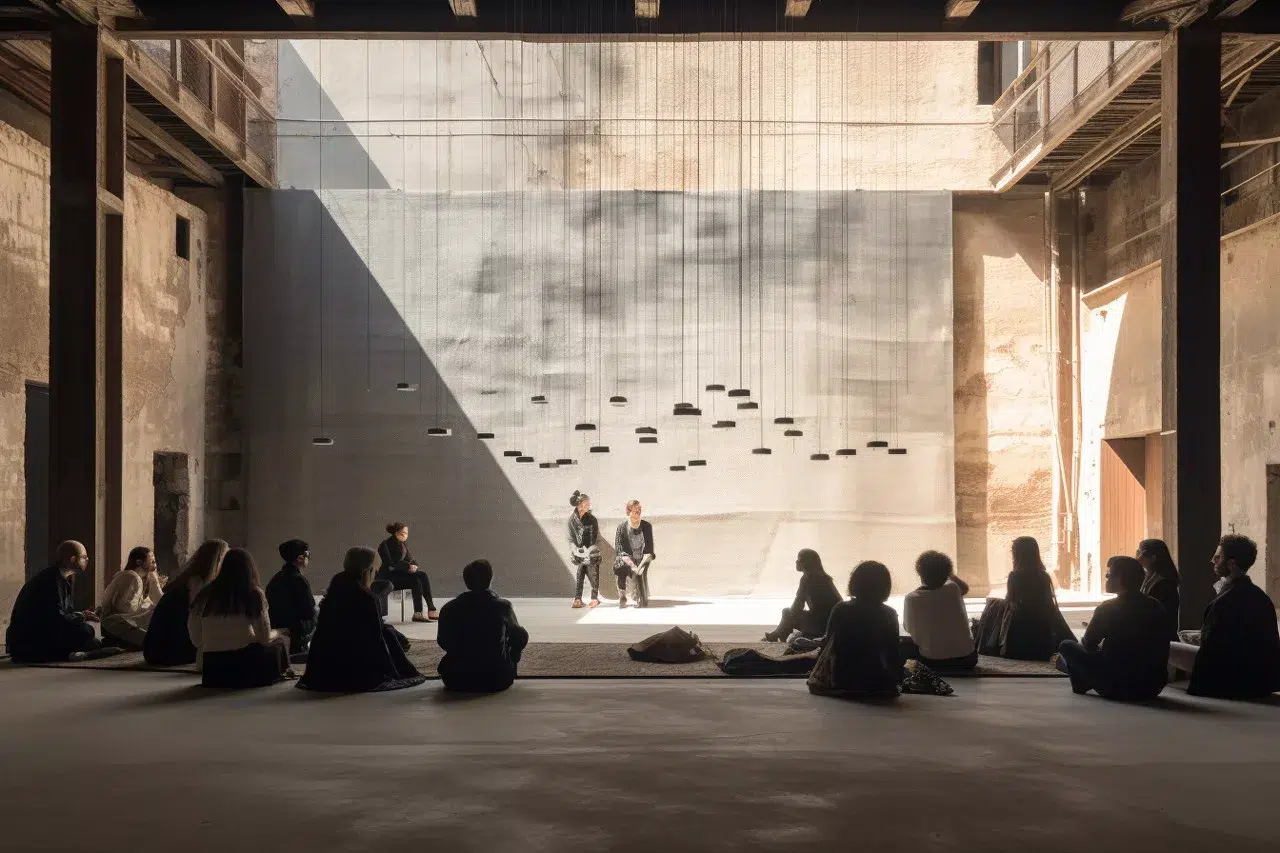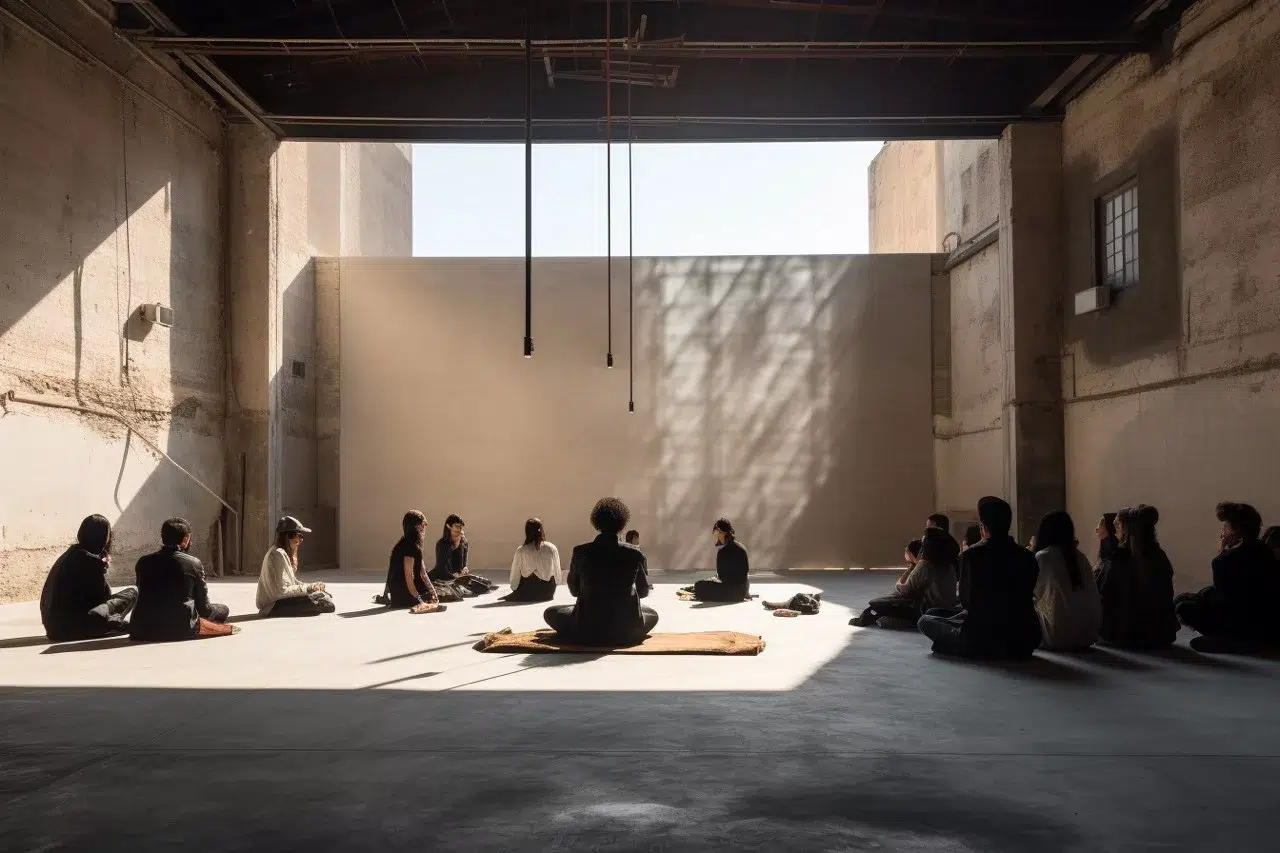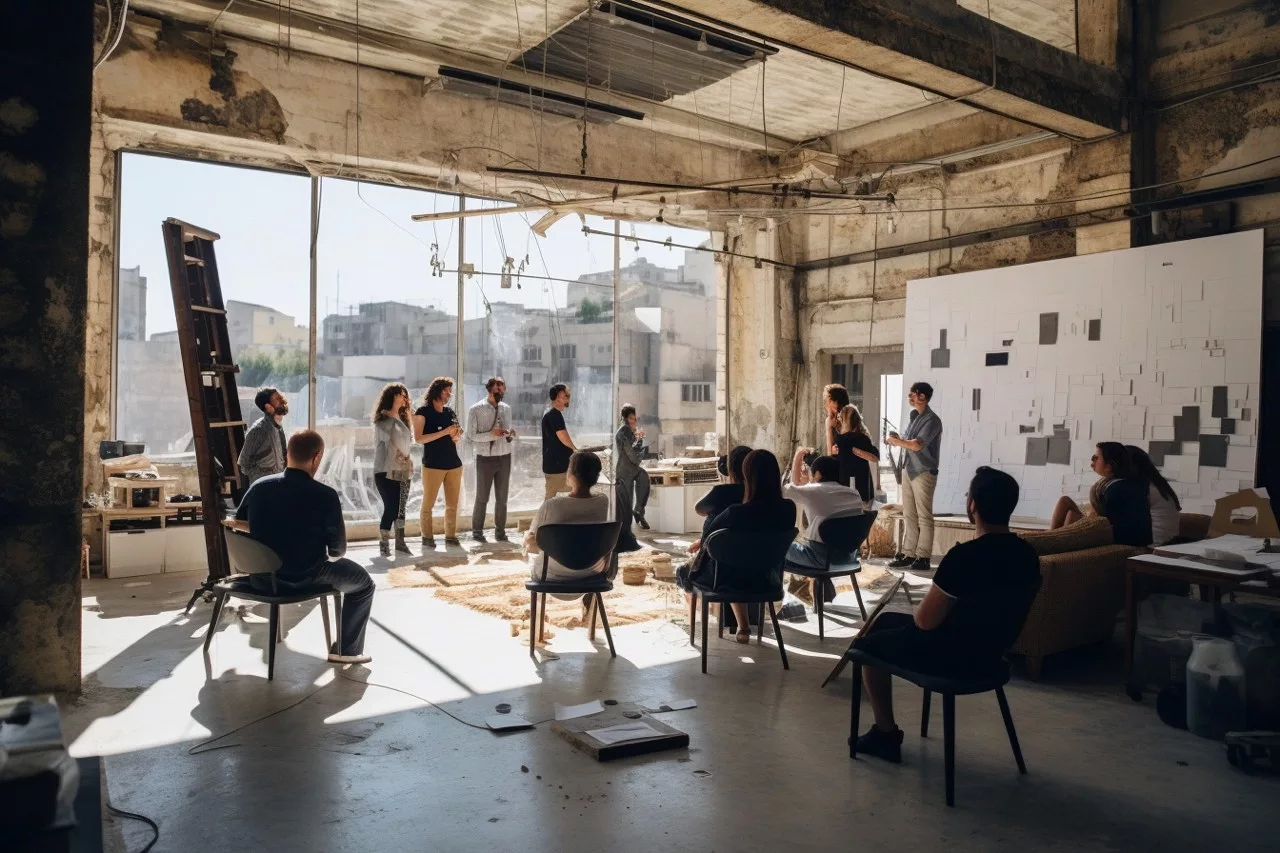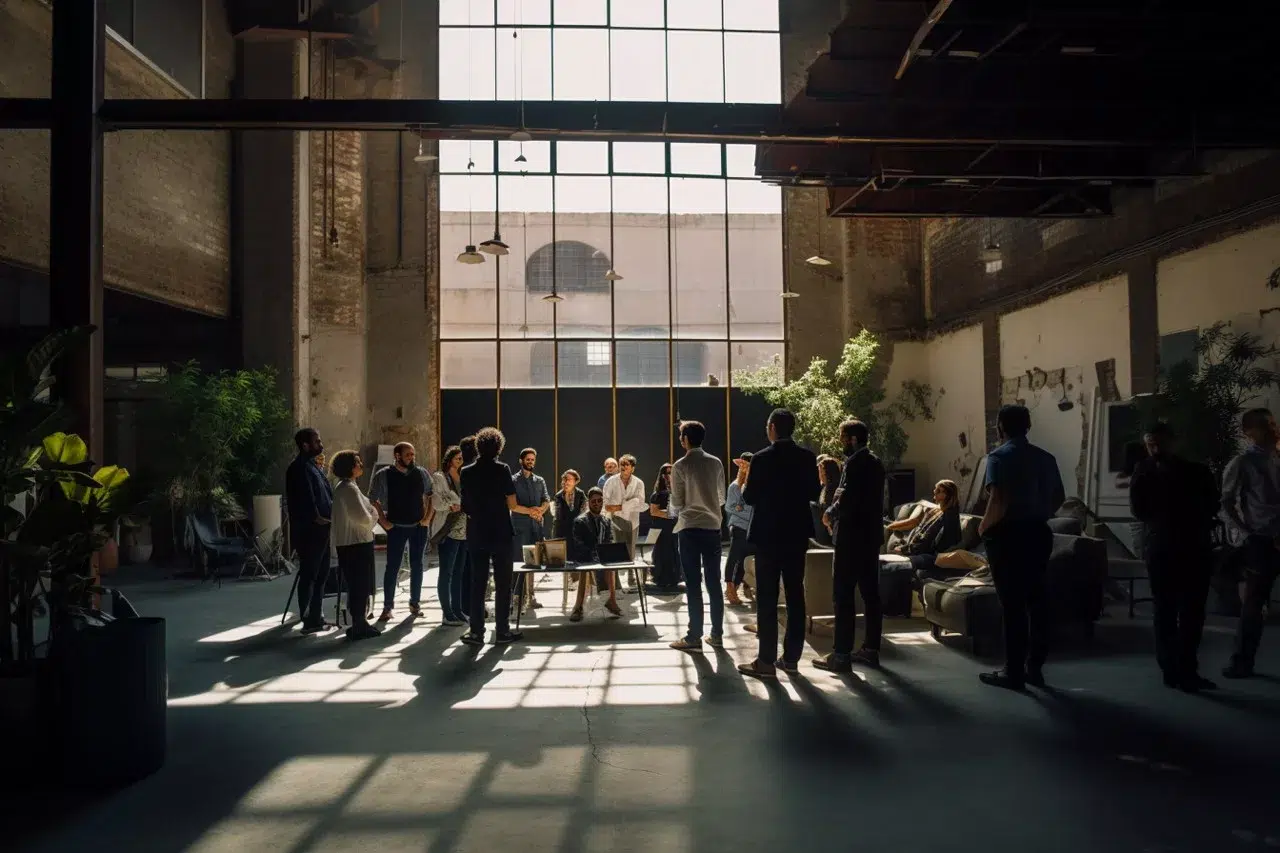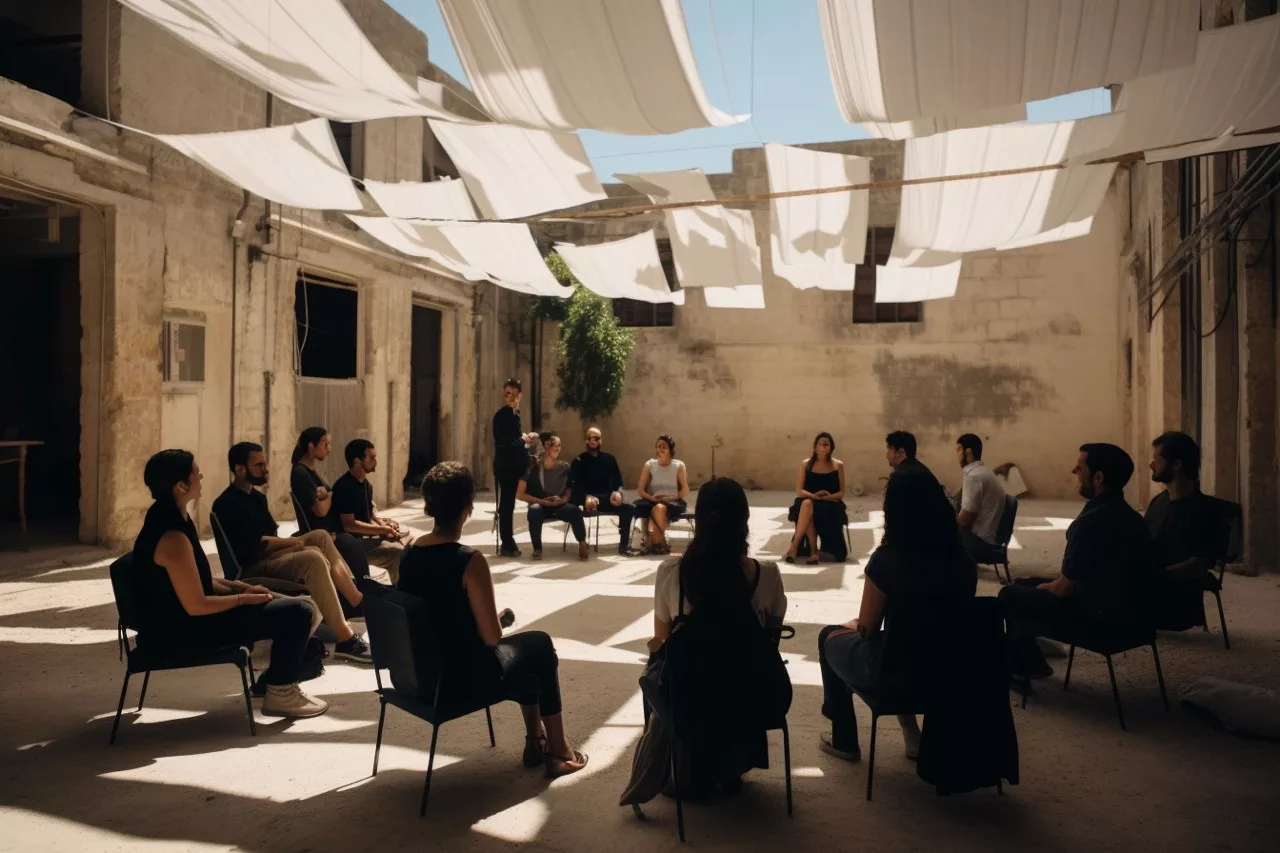Project Gaza
Spatiocide, Ethnic Cleansing
and AI-Driven Introspection
Whispers & Giants Prompt Explorations
Unretouched AI images
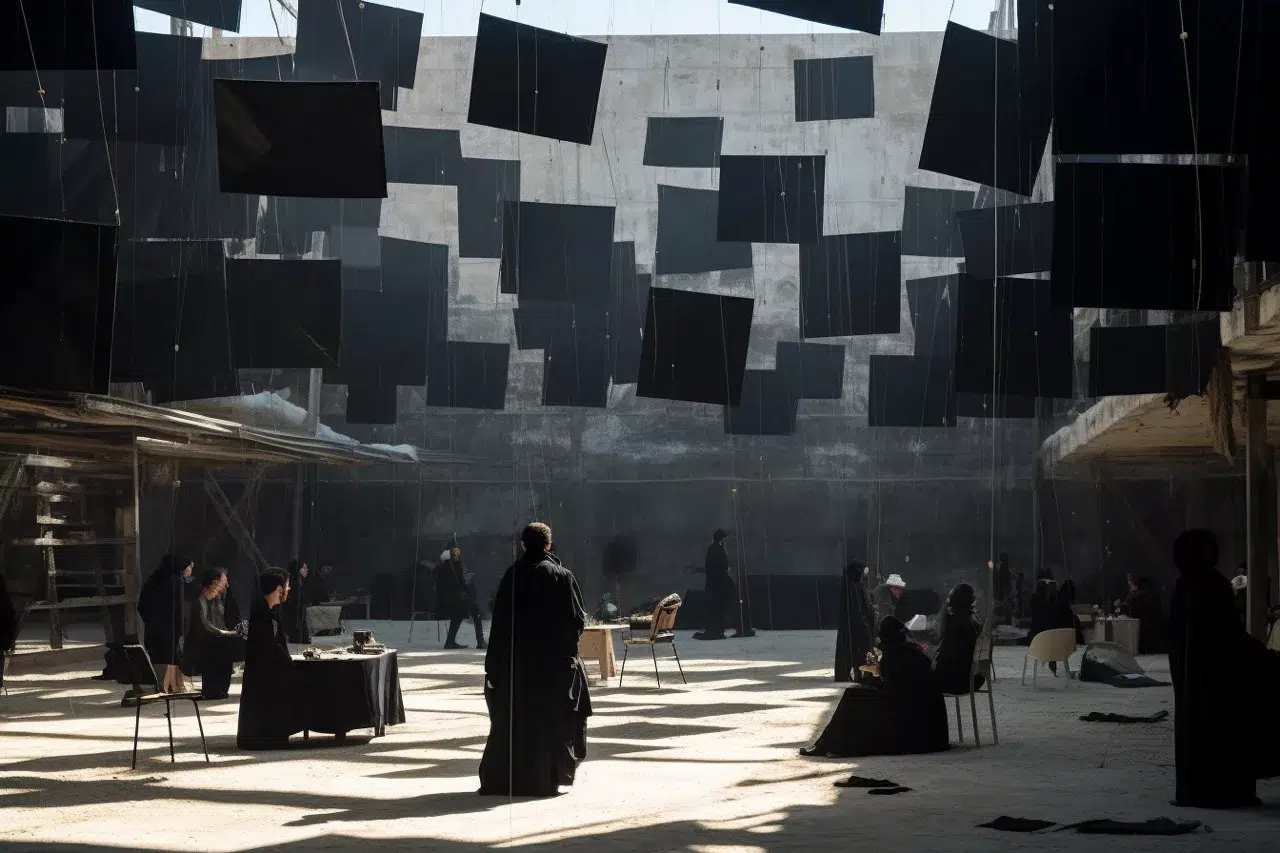
October 2023
Fictional Photography
Using the MidJourney’s Generative Adversarial Networks.
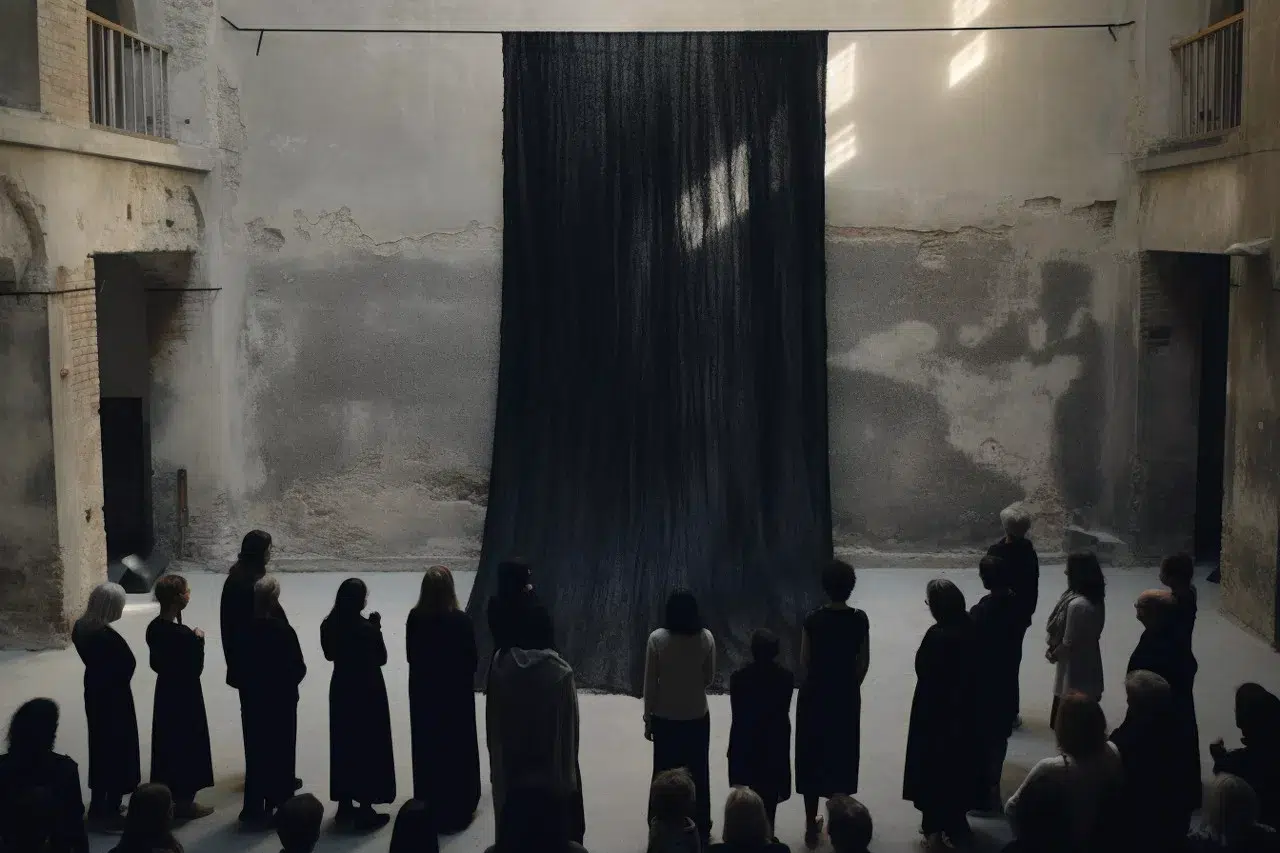
This project is an augmented exploration of the visceral and complex realities unfolding in Gaza since October 7th. It ended in early December. I however, wanted to write the text before the end of the year. This exploration is a personal and creative attempt to grapple with the unfolding human story—a narrative punctuated by tragedy and a sense of loss that transcends geographical boundaries.
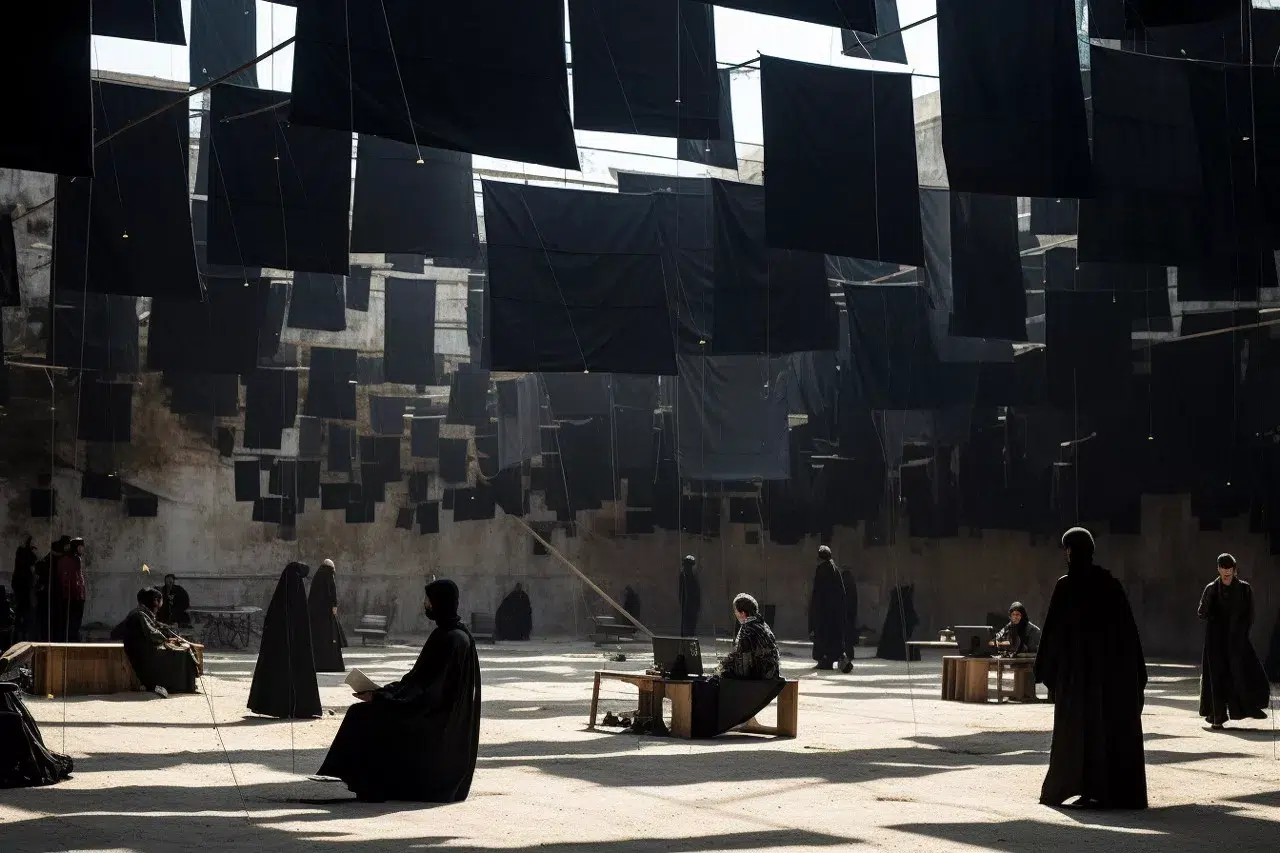
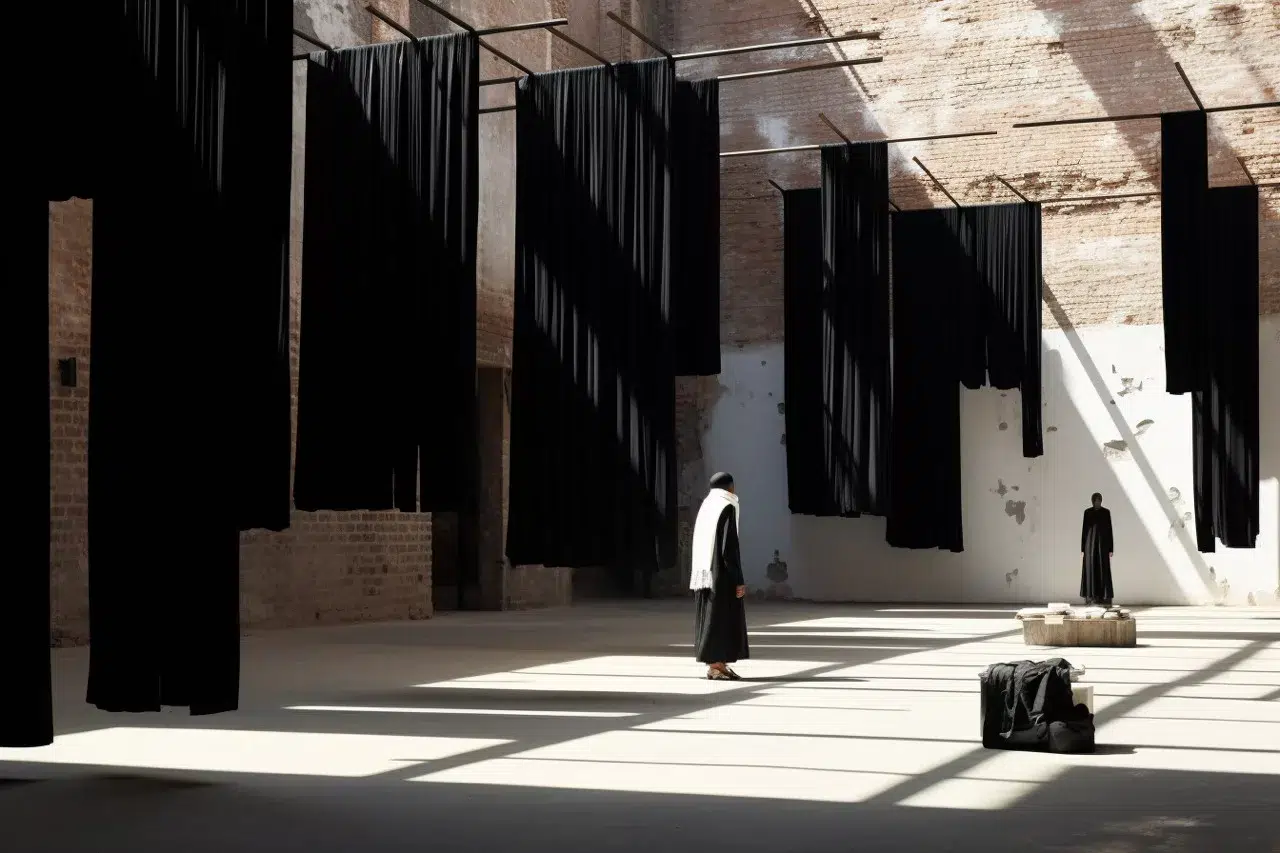
As I absorbed the crude news on my phone, moving through my Swiss rural landscapes during the routine of my commutes, a profound sense of shock, anger and sadness took hold. I needed to mourn a part of our collective humanity that seemed to have slipped away in the chaos of conflict. We were passing a threshold.
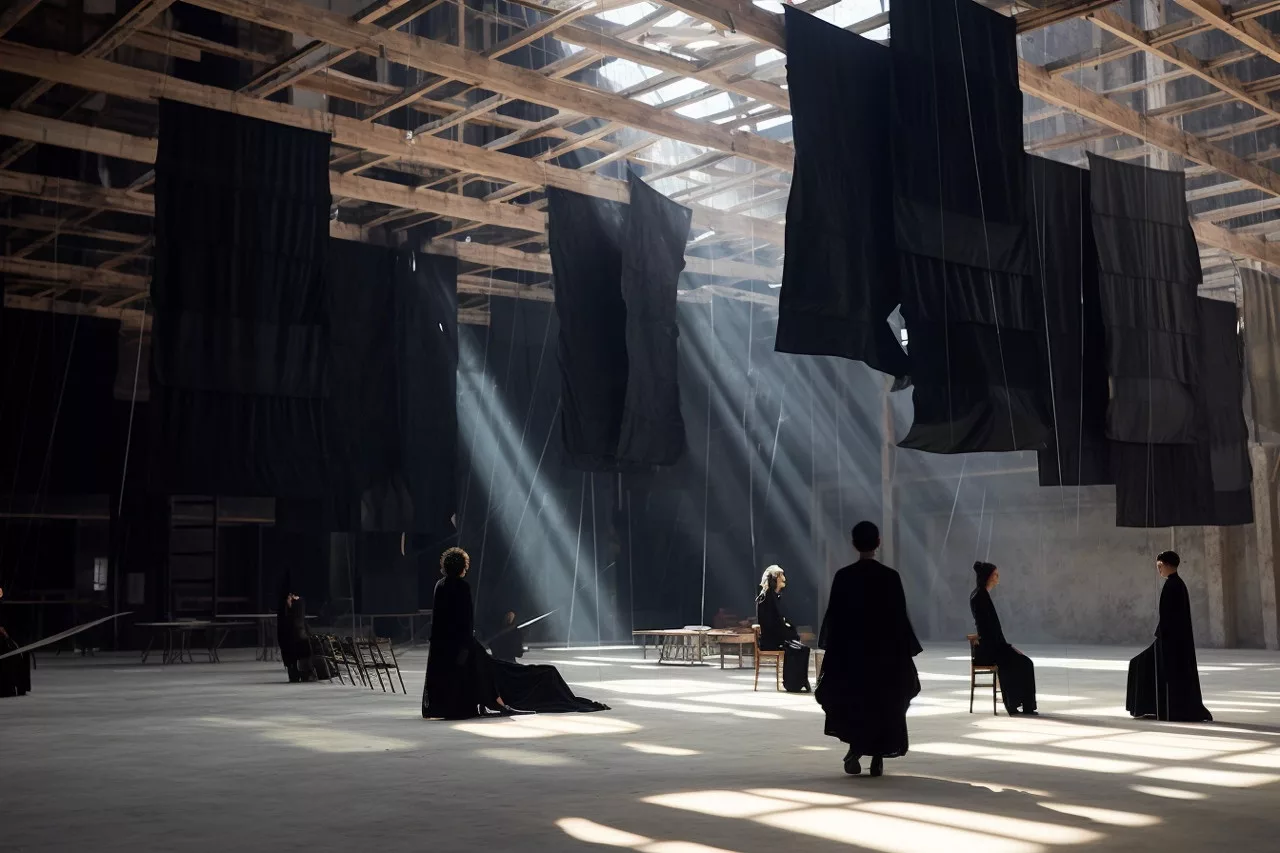
Caught in the year-end frenzy of productivity amidst the most mundane tasks of emails, PowerPoint presentations, and meetings—the EPM cycle—the challenge became integrating the distant reality of Gaza into my daily consciousness. How does one reconcile the immediacy and violence of such events with the often trivial nature of our daily professional undertakings?
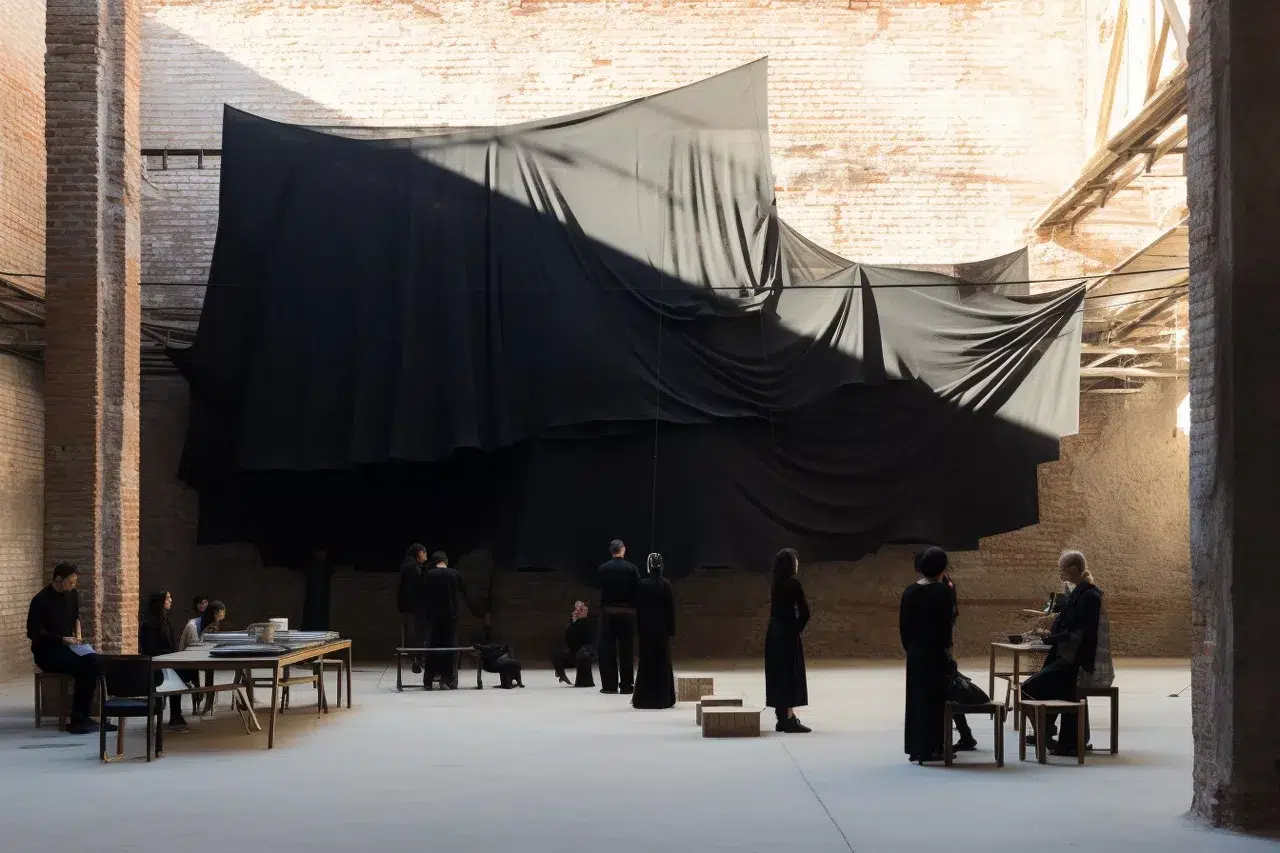
I’ve turned to AI as a means of introspection and visual sense-making—a tool to navigate the overwhelming stream of information and emotion. My daily journeys have become a ritual of engaging with my AI, running prompts and re-rolls during my commute, juxtaposed against the backdrop of reading journalist reports and analyses. This habit has evolved into a personal visual diary crafted through artificial intelligence.
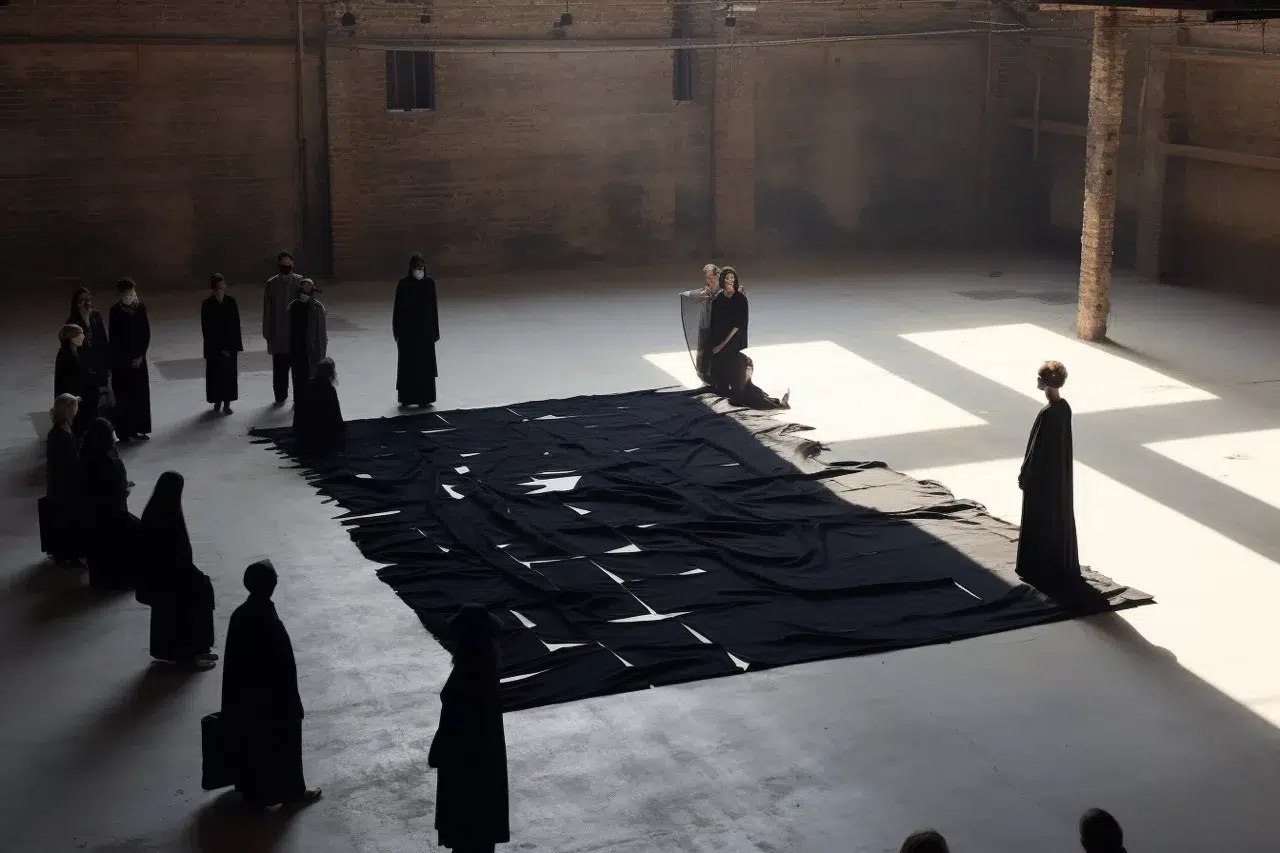
The present images are the result of this ongoing prompted dialogue with the AI. They are born from a series of prompts that seek to initiate a conversation. This back-and-forth has produced a collection of visuals, each embodying a theme, an emotion, an aspect of my sense-making introspection.
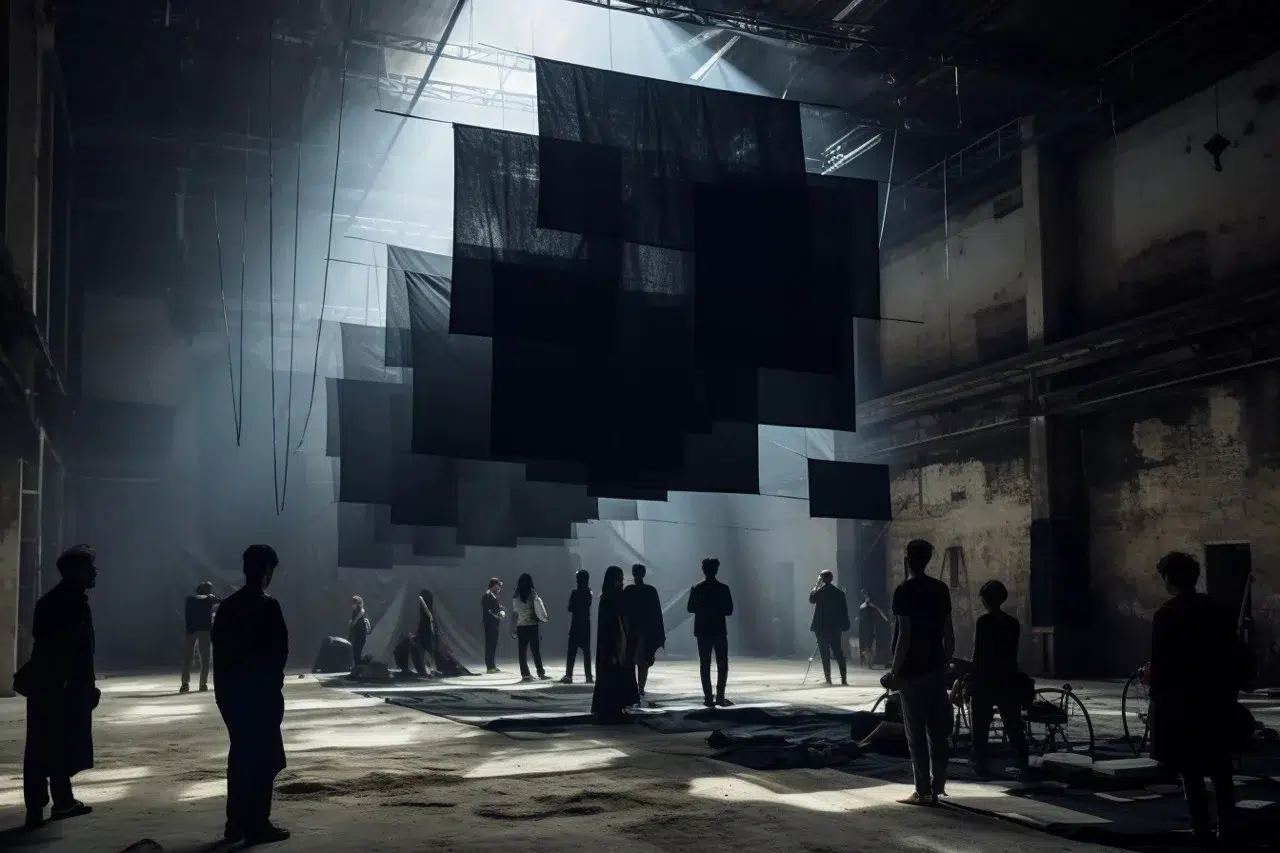
These visuals are a system of metaphors that articulate the oppressive weight of apartheid, occupation, and ethnic cleansing—a visual investigation of ‘spacio-cide.’ This term, as conceptualized by Sari Hanafi, speaks to the strategic fragmentation of Palestinian lands and lives. This suffocating reality is felt both physically and psychically.
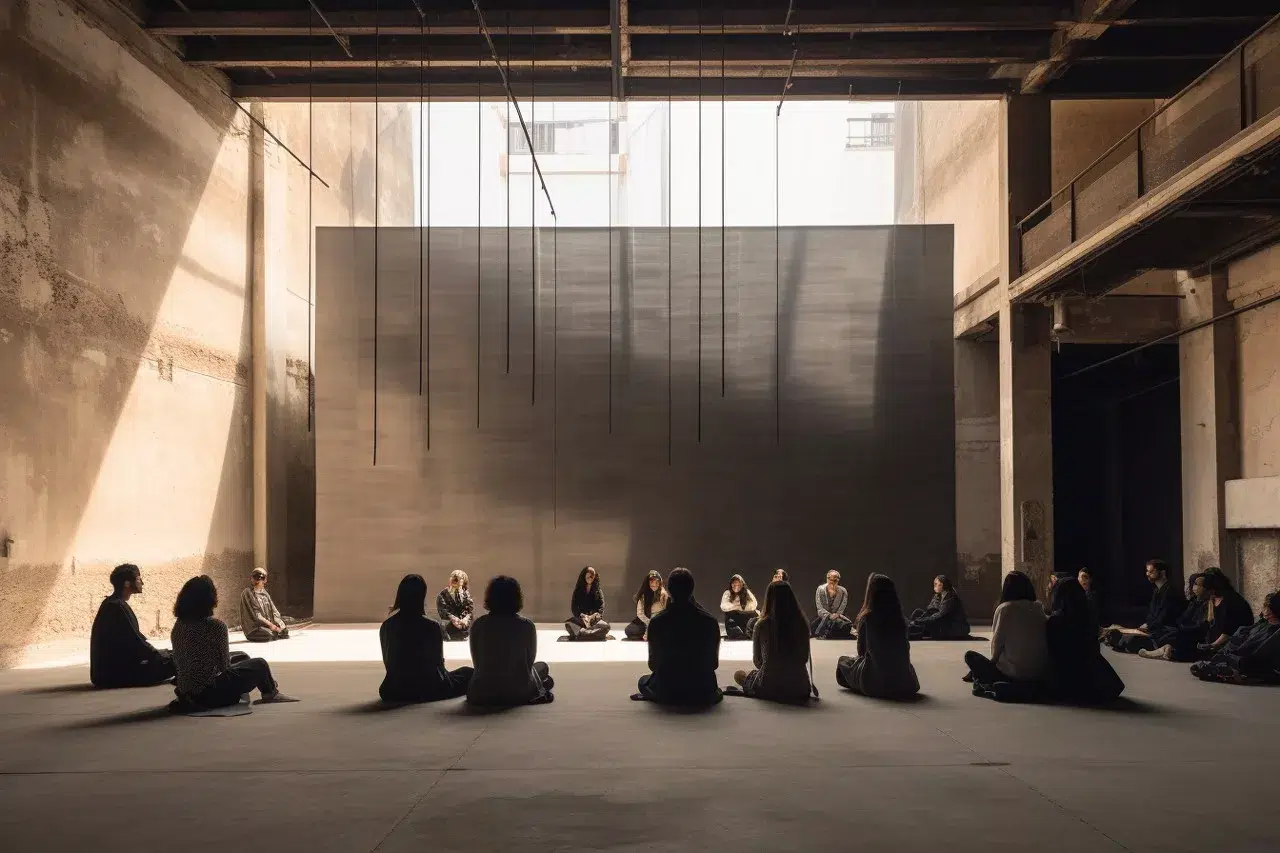
The series explore the notion of space not only as a physical entity but as a fundamental aspect of human dignity and autonomy—spaces that have been systematically constricted and divided, echoing the policies of colonialism and resistance that shape the Palestinian experience.
Each piece in this series is an intention to witness, acknowledge and respect the suffering that is so often obscured or diluted by physical distance and media filters. They explore the duality of isolation and hope, the intricate web of cause and effect in socio-political struggles, and the delicate balance of societal cohesion constantly tested by the tremors of conflict.
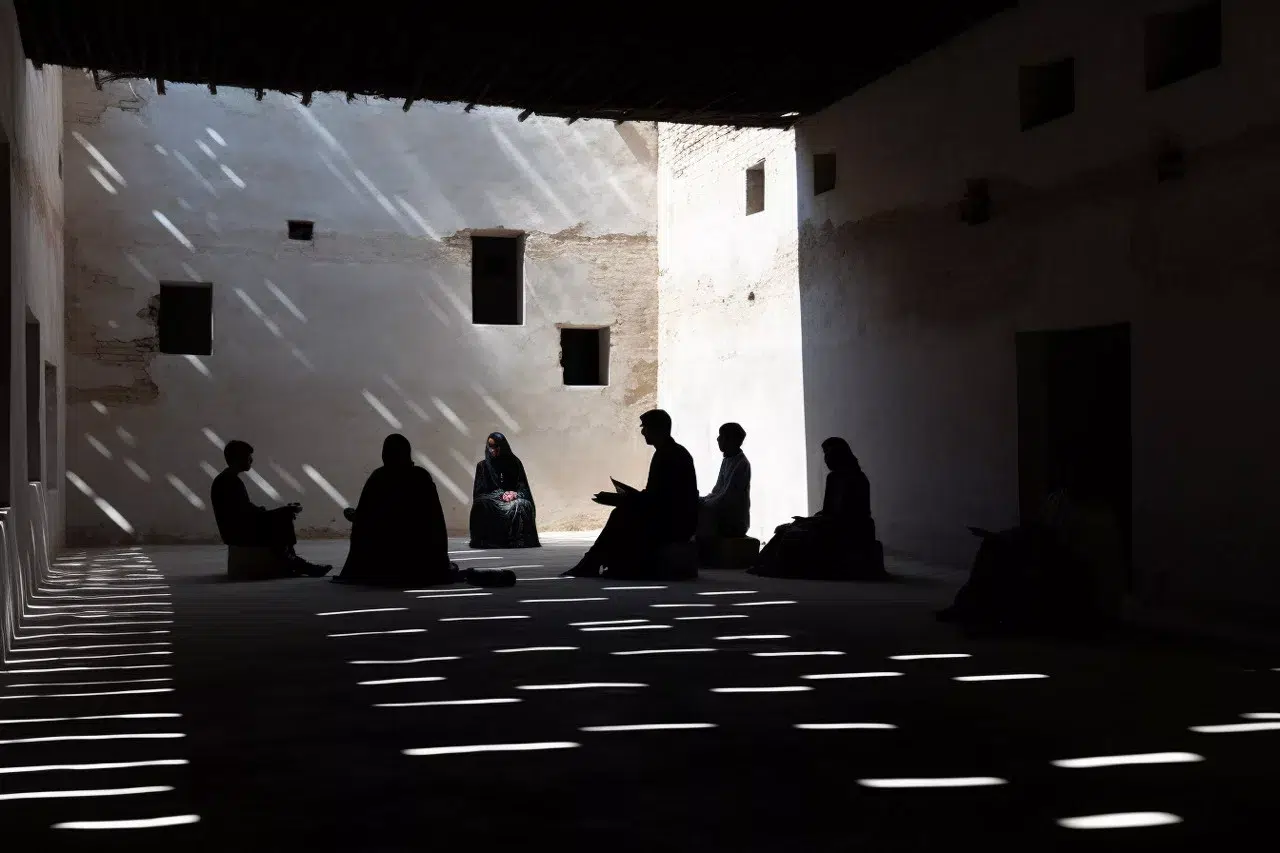
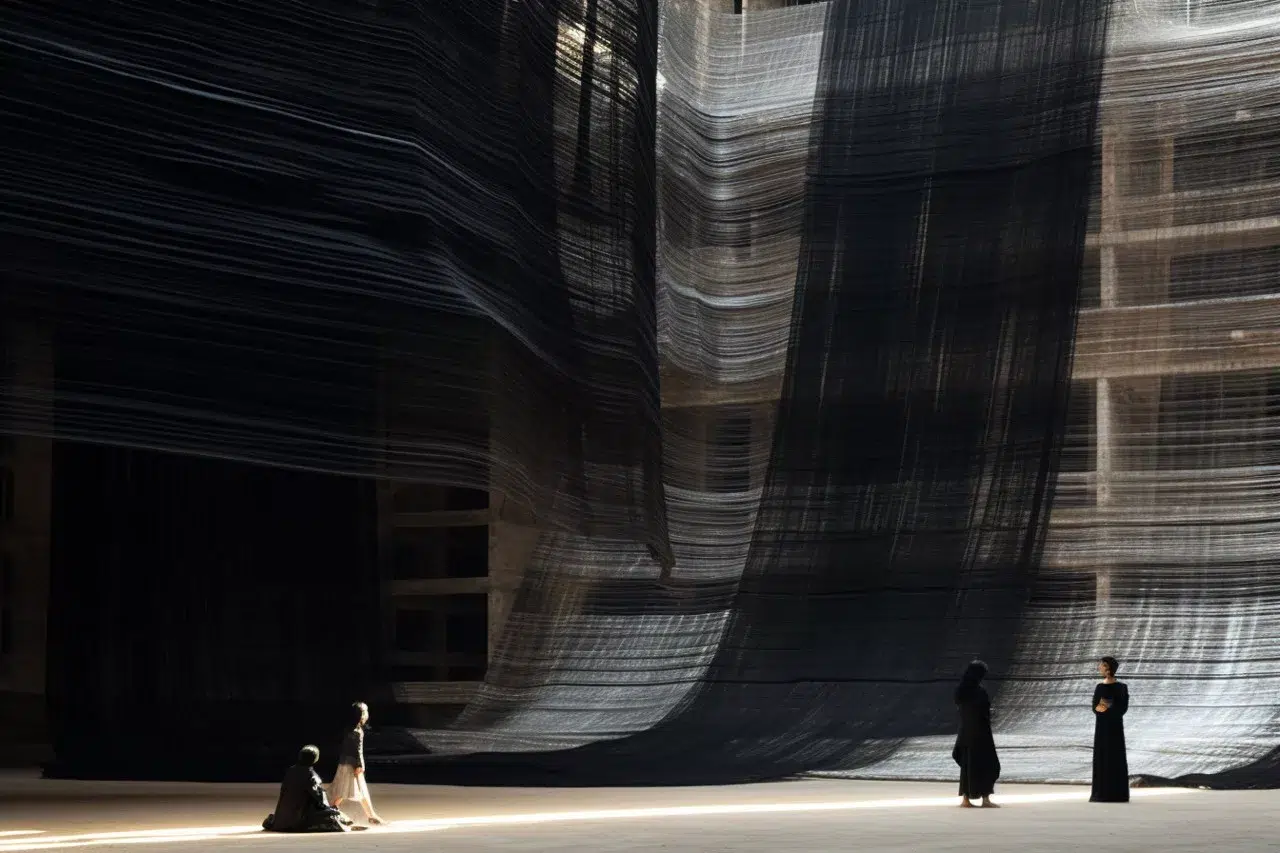
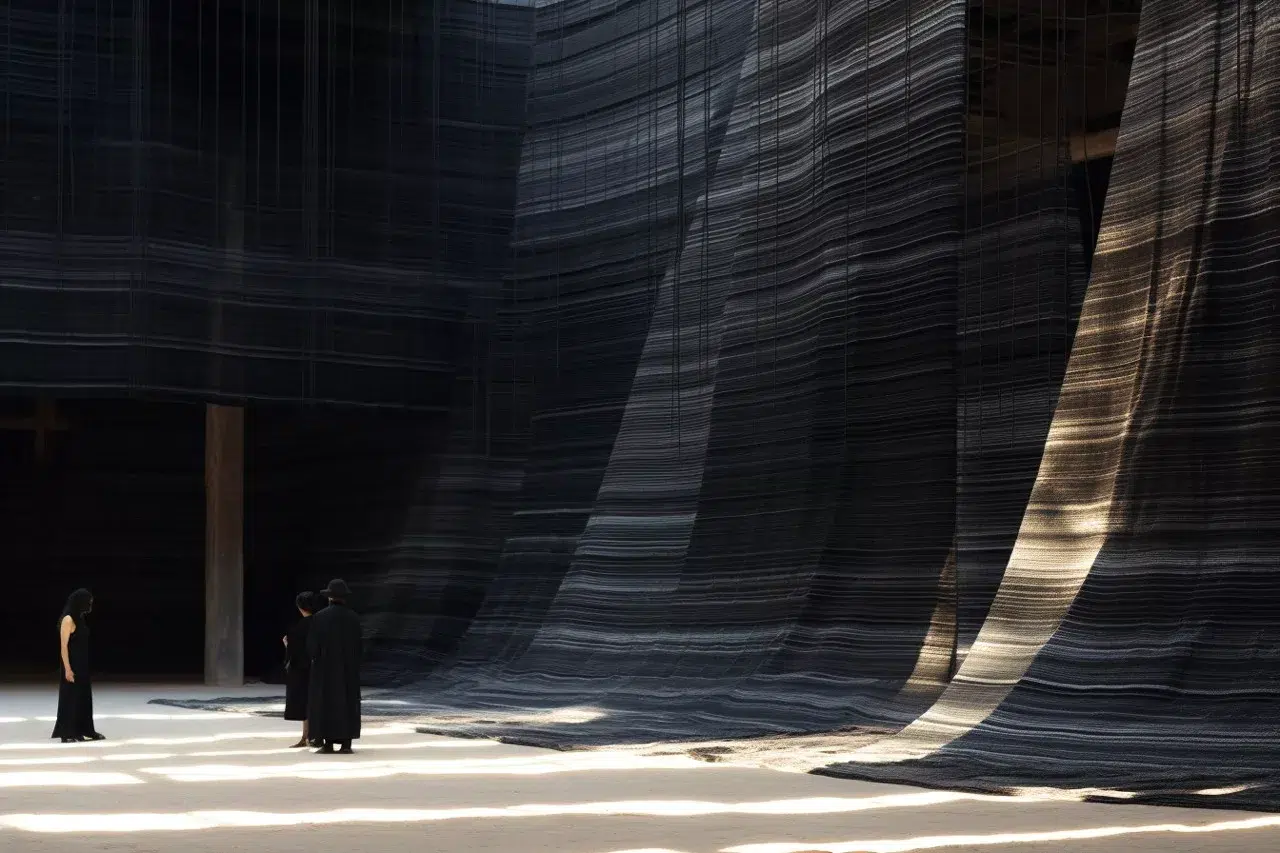
In the shadows of an embalmed city, the space for life is now indistinguishably entangled with the space of the dead.
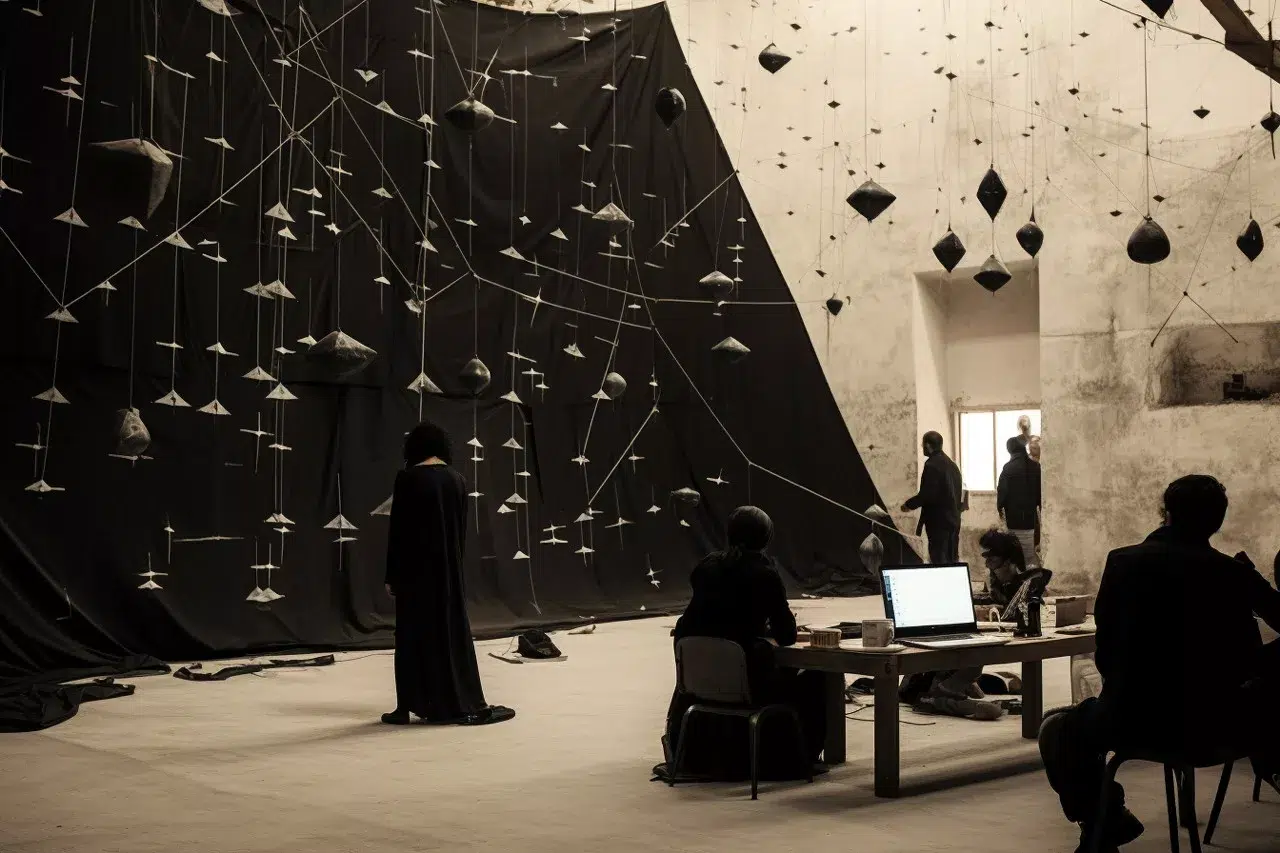
Lives held in suspension, capturing the fragile balance they maintain during the mechanical process of destruction of their habitat. These diaries entries or conversations with the AI reflect on the stillness that envelops moments of unrest and the quiet that surrounds the chaos.
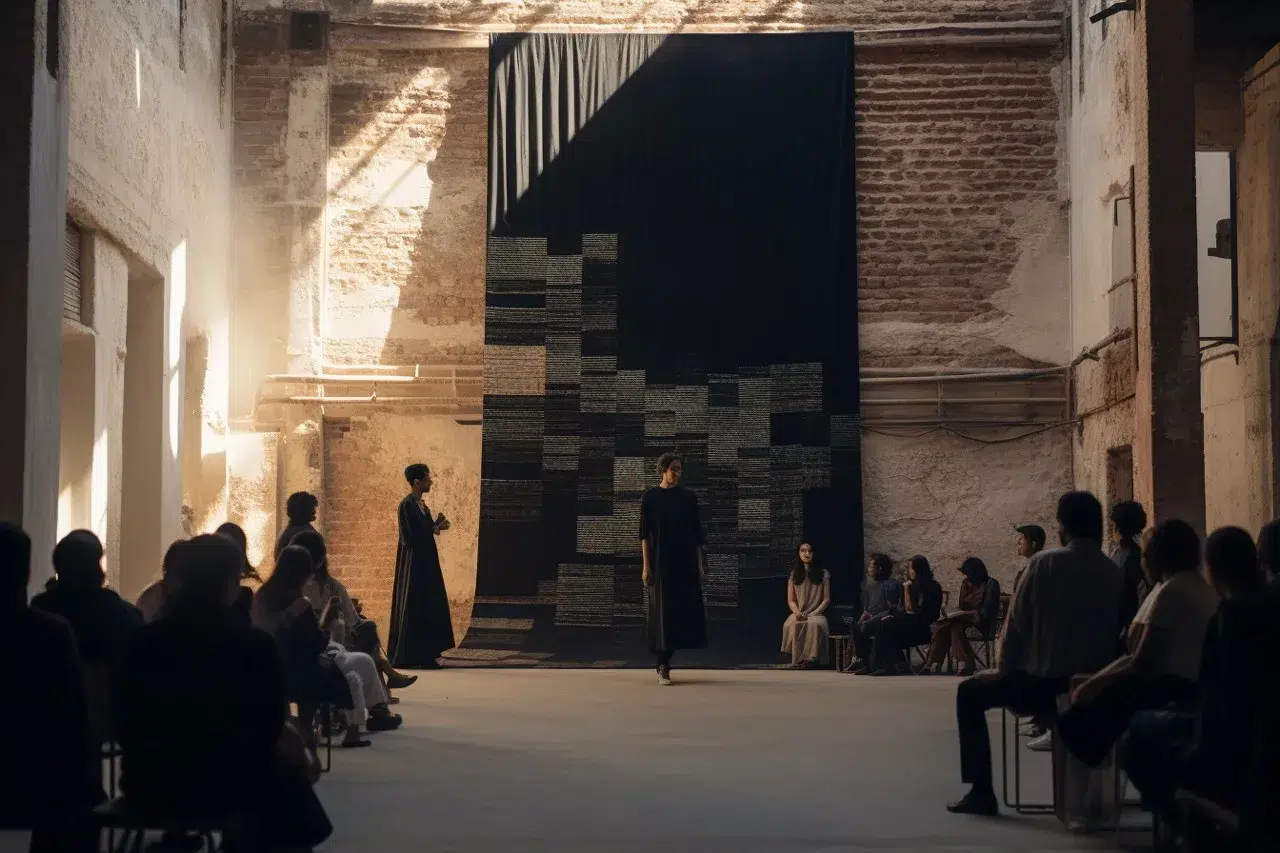
Eventually, I wished to explore a more hopeful and inspiring round of prompts to envision something like a process of reconciliation, or the process of sharing mutual stories of grief and loss, opening a way towards justice, reconciliation and peace. I was in South Africa when TV was showing the Truth and Reconciliation Commission or process that followed the end of the Apartheid regime. I envision a time, a tomorrow where we would witness a new era of leaders having new conversations.
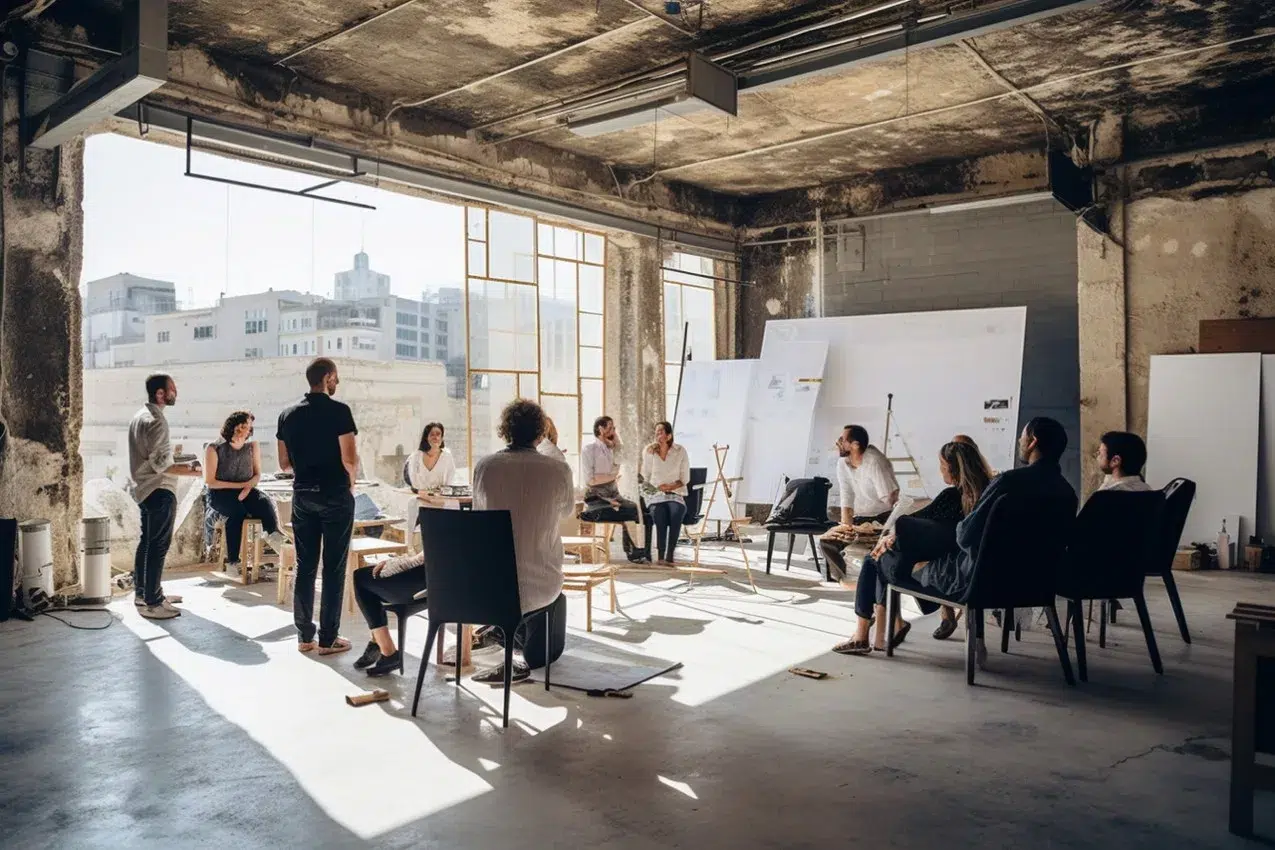
As of 8 May 2024, the death toll in the Israel-Hamas war has risen to over 36’000, including 97 journalists (92 Palestinian, 2 Israeli, and 3 Lebanese) and over 224 humanitarian aid workers.
- 34’844 Palestinians have been killed, with 70% being women and minors, primarily in the Gaza Strip where 34’262 casualties have been recorded.
- 1’410 Israelis have been killed, including 1’139 in the attacks on October 7.
- In the West Bank (including East Jerusalem), 479 Palestinians, including 116 children, and 9 Israelis have been killed.
- Additional casualties have occurred in other parts of Israel, southern Lebanon, and Syria.
- The death toll also includes 179 employees of UNRWA among the humanitarian aid workers.
Spatiocide refers to a process where space, in terms of land and territory, is systematically targeted and manipulated to achieve political, social, or ethnic objectives. This concept often involves the destruction or alteration of the physical landscape, infrastructure, and built environment in a way that disrupts or destroys a community’s existing social fabric and living conditions. The goal of spatiocide is typically to displace or marginalize a specific population group, thereby reshaping the demographic and cultural characteristics of the area. It is a form of spatial oppression that extends beyond physical destruction, encompassing the erasure or transformation of cultural and historical identities tied to the land.
Ethnic Cleansing is a term used to describe the deliberate and systematic removal of an ethnic or religious group from a particular area by a more powerful ethnic group, often involving violence and coercion. This process can include murder, forced displacement, deportation, and other acts of persecution based on ethnicity. The intent behind ethnic cleansing is to create an ethnically homogenous region by removing the presence of the targeted group. It is often characterized by widespread violations of human rights and international law and can be a precursor to or accompany acts of genocide. Ethnic cleansing is not officially recognized as an independent crime under international law, but its actions are covered under the Genocide Convention and the statutes of international criminal tribunals.
Genocide and Apartheid
The persistent allegations of genocide and apartheid against Palestinians highlight the severe and systematic violations perpetrated by Israeli forces. These are not mere accusations but a reality lived daily by Palestinians under occupation. The International Association of Genocide Scholars and the International Federation for Human Rights have categorically recognized actions in Gaza as genocidal—actions that are intentionally designed to obliterate a people based on their national identity.
Additionally, the characterization of Israeli policies towards Palestinians as apartheid by numerous United Nations rapporteurs and leading Israeli human rights organizations underscores a brutal regime of racial segregation and discrimination. This situation mirrors the reprehensible apartheid era of South Africa and reflects a deliberate oppression that is entrenched in the everyday lives of Palestinians.
Such grave accusations demand attention and immediate and decisive action from the global community. The world must not remain passive but urgently mobilize to end these gross injustices. International law and human decency call for a robust response to these crimes—anything less would be a complicity in the systematic destruction and oppression of the Palestinian people.
Genocide
- The International Association of Genocide Scholars (IAGS):
- 2009 & 2023: Passed resolutions stating that the Israeli military actions in Gaza constituted a form of genocide.
- United Nations Special Rapporteurs and Officials:
- Richard Falk (2009), on human rights in Palestinian territories: Identified Israeli actions as genocide.
- Francesca Albanese (2023), similar role: Expressed concerns about potential war crimes and crimes against humanity.
- Philip Alston (2009) & Morris Tidball-Binz (2023), on extrajudicial executions: Expressed concerns about potential war crimes and crimes against humanity.
- Margaret Sekaggya (2009) & Mary Lawlor (2023), on human rights defenders: Expressed similar concerns.
- Navi Pillay (2009) & Volker Türk (2023), High Commissioner for Human Rights: Expressed concerns about potential war crimes and crimes against humanity.
- The International Committee of the Red Cross (ICRC) (2009): Expressed concerns about the potential for war crimes and crimes against humanity, but did not use the term “genocide.”
- The International Federation for Human Rights (FIDH):
- 2009 & 2023: Stated that the Israeli actions in Gaza during the conflicts constituted a form of genocide.
- The Palestinian Centre for Human Rights (PCHR):
- 2009 & 2023: Made similar statements as FIDH regarding the conflicts.
- Israeli Human Rights Organizations: Several organizations consistently described the actions in Gaza as constituting a form of genocide, including: Organizations such as B’Tselem, Gisha, Yesh Din, HaMoked, The Association for Civil Rights in Israel (ACRI), The Israeli League for Human and Civil Rights, The Israeli Committee Against House Demolitions, and various committees dedicated to the rights of children, the elderly, the disabled, women, and youth have been actively advocating for human rights in the region, with consistent efforts noted in both 2009 and 2023.
Apartheid
- The United Nations Special Rapporteurs and Officials:
- Francesca Albanese, Special Rapporteur on the situation of human rights in Palestinian territories: Stated in 2023 that the Israeli treatment of Palestinians constitutes Apartheid.
- Morris Tidball-Binz, Special Rapporteur on extrajudicial executions: Expressed concerns about the potential for Apartheid in 2023.
- Mary Lawlor, Special Rapporteur on the situation of human rights defenders: Expressed similar concerns in 2023.
- Volker Türk, High Commissioner for Human Rights: Expressed concerns about the potential for Apartheid in 2023.
- The International Federation for Human Rights (FIDH): Stated in 2023 that the Israeli treatment of Palestinians constitutes Apartheid.
- The Palestinian Centre for Human Rights (PCHR): Made a similar statement in 2023.
- Israeli Human Rights Organizations: Several organizations consistently described the Israeli treatment of Palestinians in the occupied territories as constituting Apartheid in 2023: B’Tselem, Gisha, Yesh Din, HaMoked, The Association for Civil Rights in Israel (ACRI), The Israeli League for Human and Civil Rights, The Israeli Committee Against House Demolitions, along with committees focused on the rights of children, the elderly, the disabled, women, and youth, are key organizations actively involved in advocating for human rights in the region.
Sources
- International Association of Genocide Scholars (IAGS), https://www.genocidescholars.org/
- United Nations Special Rapporteurs and Officials, https://www.ohchr.org/en/special-procedures/sr-palestine
- International Committee of the Red Cross (ICRC), https://www.icrc.org/en
- International Federation for Human Rights (FIDH), https://www.fidh.org/en/
- Palestinian Centre for Human Rights (PCHR), https://pchrgaza.org/en/
- B’Tselem, https://www.btselem.org/
- Gisha, https://gisha.org/en/
- Yesh Din, https://www.yesh-din.org/en/
- HaMoked, https://hamoked.org/home.php
- The Association for Civil Rights in Israel (ACRI), https://www.acri.org.il/en/
- The Israeli League for Human and Civil Rights, https://www.alhrc.org.il/en/
- The Israeli Committee Against House Demolitions, https://icahd.org/
- The Israeli Committee for the Rights of the Child, https://www.childrensrights.org.il/
- The Israeli Committee for the Rights of the Elderly, https://www.elderlyrights.org.il/
- The Israeli Committee for the Rights of the Disabled, https://www.disabilityrights.org.il/
- The Israeli Committee for the Rights of the Women, https://www.womensrights.org.il/
- The Israeli Committee for the Rights of the Youth, https://www.youthrights.org.il/
Project Gaza
A Midjourney Explorations by Whispers & Giants
Click images to open a lightbox
All images are Ai-generated.
The people portrayed here do not exist.
This is a fictional experiment with artificial intelligence.
W&G 2023
